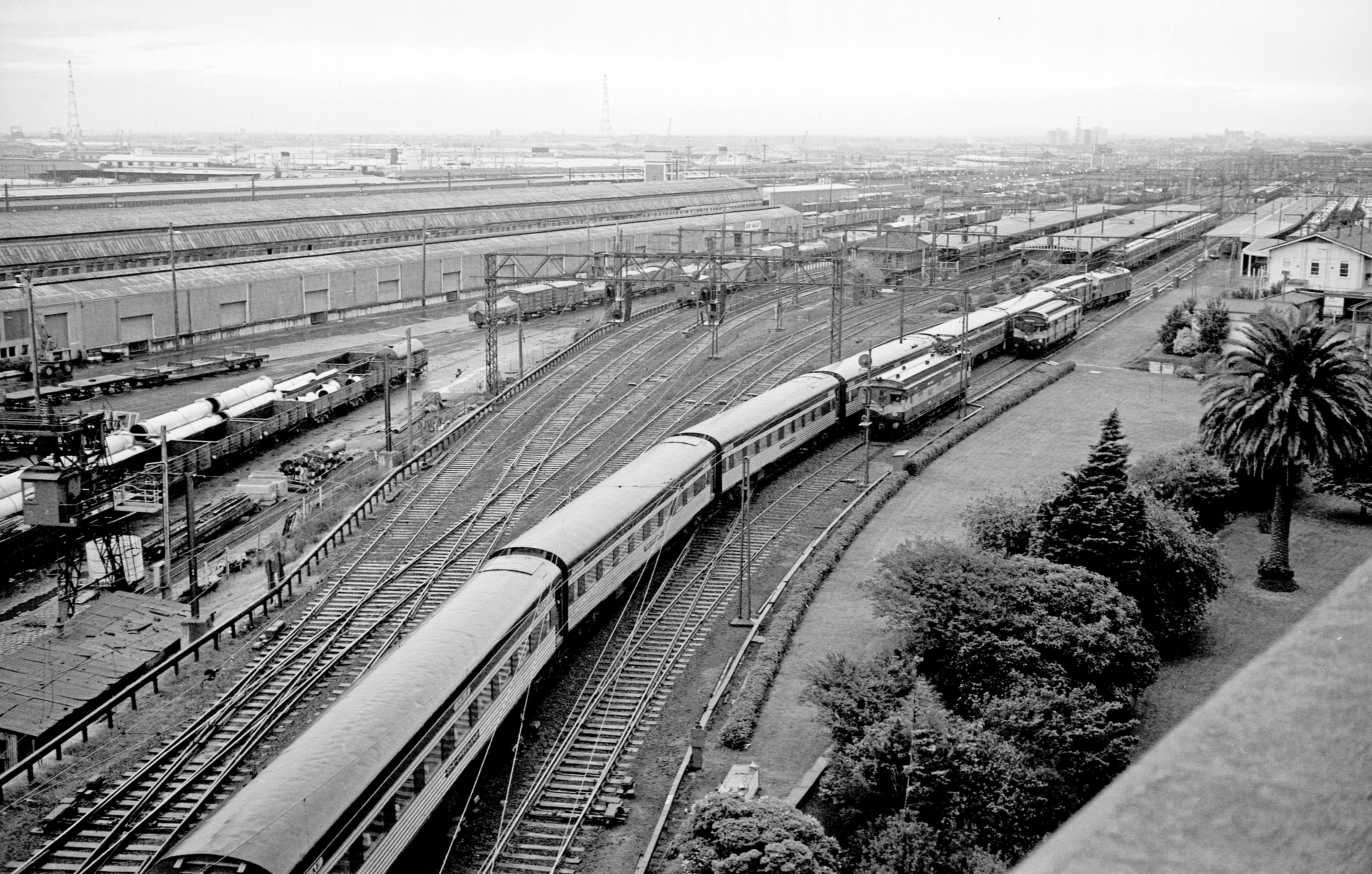
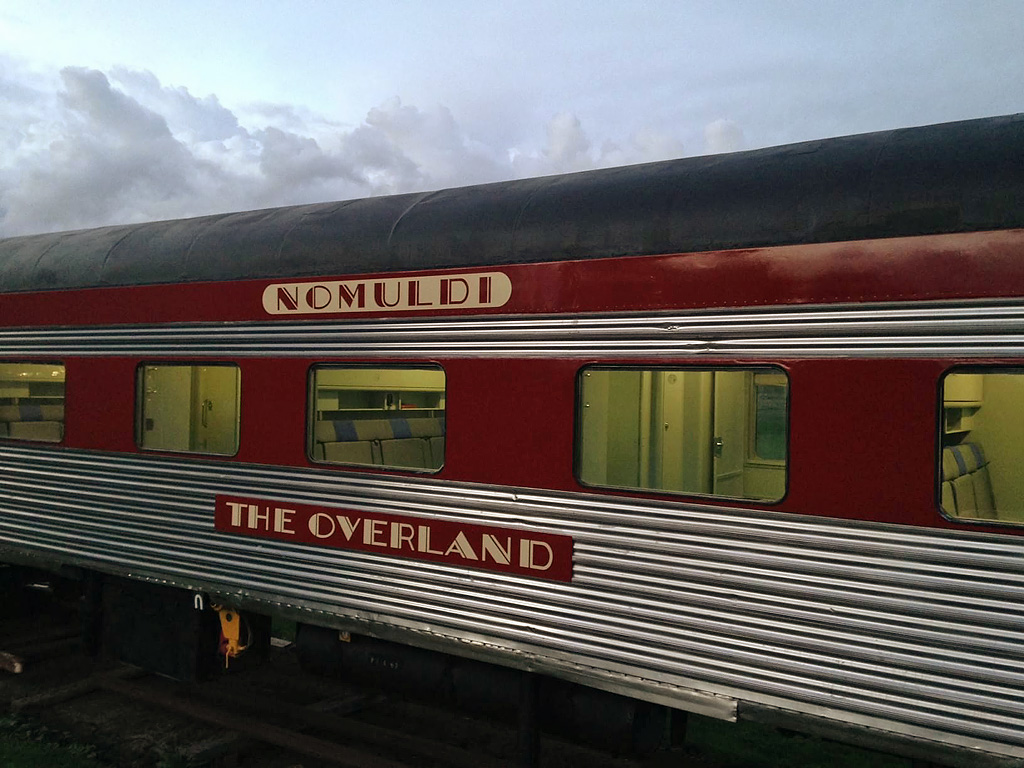
ABOVE: NOMULDI as preserved at Kaniva is the main feature of The Overland museum at Kaniva. The Overland logo is now trademarked to The Overland museum. (photo courtesy The Overland Museum collection)
As part of a post war project and to modernise The Overland, (an overnight passenger train between Melbourne and Adelaide), a programme to replace the aging wooden bodied rolling stock commenced in the mid 1940’s. The new corten steel cars were built with air conditioning and finished in maroon with fluted stainless steel panels on each side and a black roof.
The cars were all jointly owned by the S.A.R. and the VR, all were built at SAR's Islington Workshops. The first carriage, Allambi, entered service in 1949. A total of 44 carriages were built for The Overland from 1949 to 1972 (four sleepers were purchased by the Victorian railways in 1972). Cars built prior to 1955 had SAR style bogies, from 1955 all cars were built, or retrofitted, with Bradford Kendall style bogies. Early cars were built with skirting, it is not known when this was removed.
22 x Sleepers named after Aboriginal words associated with sleep.
ALLAMBI - quiet pace (name used on two different carriages)
CHALAKI - evening
DORAI - to sleep (name used on two different carriages)
JUKI - Southern Cross
KULDALAI - a dream man who came out of the Southern Cross
MALKARI - moon
MOKAI - to rest
MURURI - to sleep
NANKURI - good
NOMULDI – gently
PAITI - twilight
PURPAWI - calm
TANTINI - sleeping (name used on two different carriages)
TARKINJI - sunrise
TAWARRI - evening breeze
WERONI - quiet (name used on two different carriages)
YANKAI - walkabout
YANNI - journey
3 x AJ First class sitting cars
7 x BJ Second class sitting cars
3 x RBJ Buffet / Second class sitting car
3 x Club cars
4 x PCO Power vans
2 x CO Brake / luggage van
Roomettes
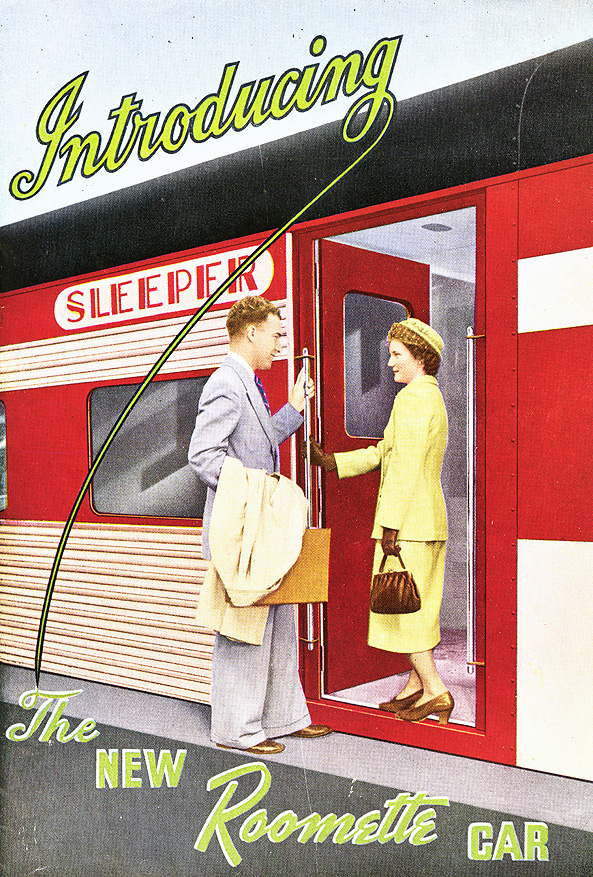
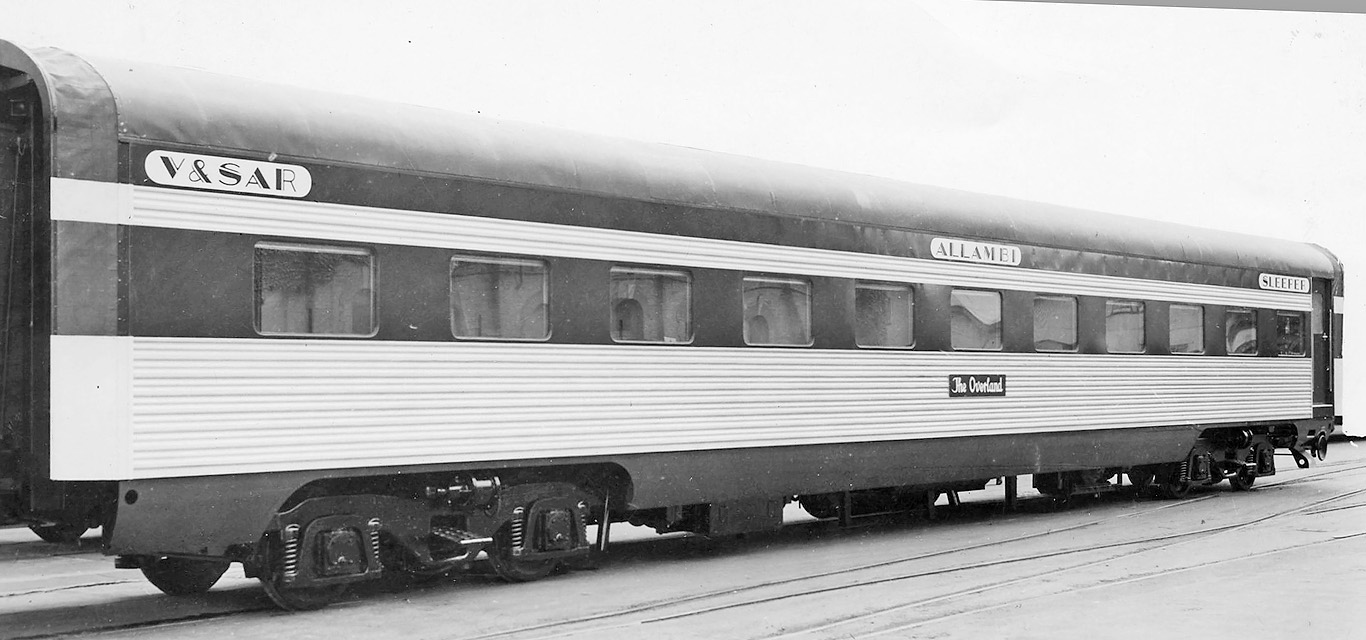
ABOVE: This was the first ALLAMBI placed in service Dec 1949. Note the skirting at the bottom of the cars and the older style Overland logo. ALLAMBI and TANTINI were sold to the VR in 1972 and became Sleepers 11 & 12 for use on The Vineleander. Replacements were built in 1972 re-using the same name as the cars they replaced. (photo courtesy The Overland Museum collection) BELOW: the plan for the replacement cars.
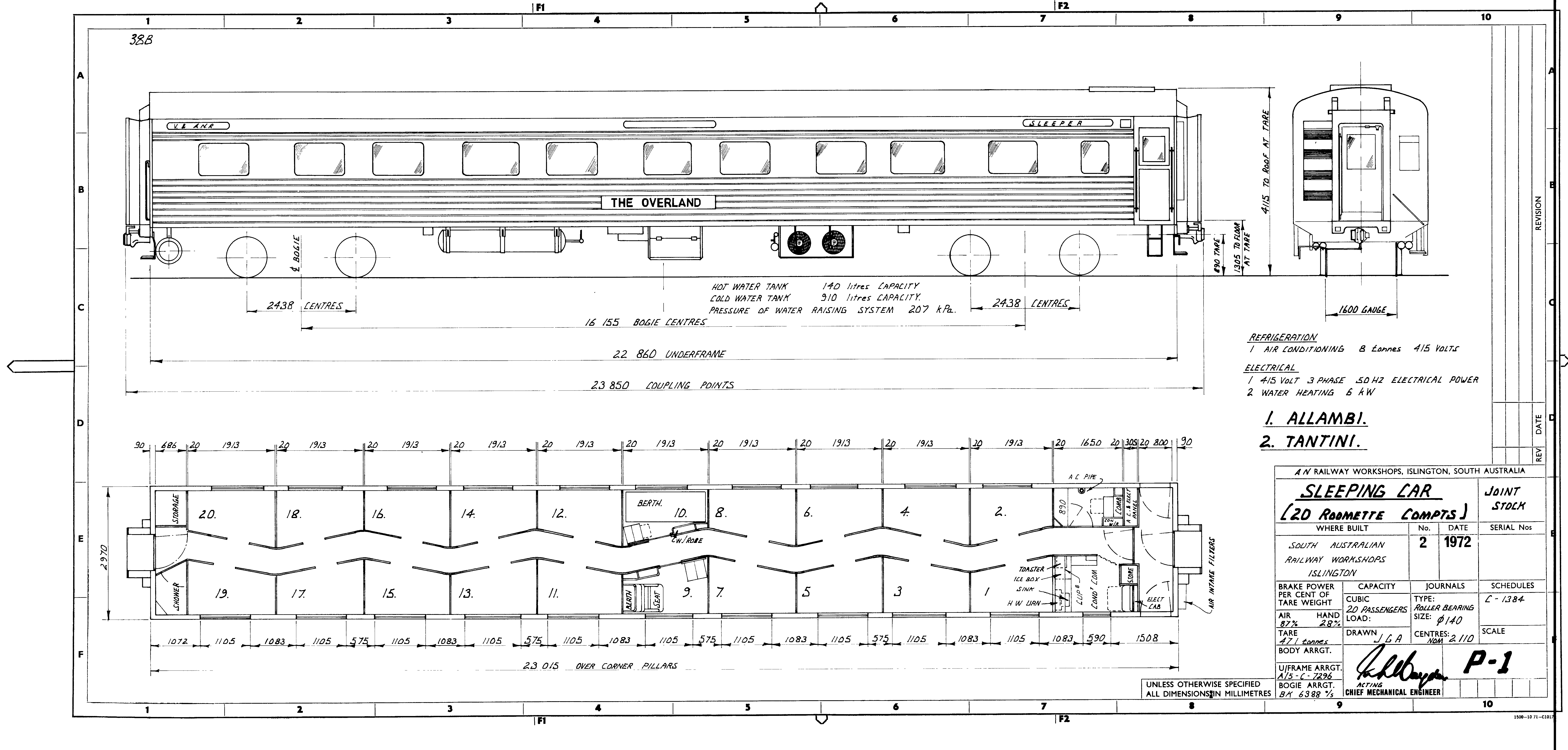
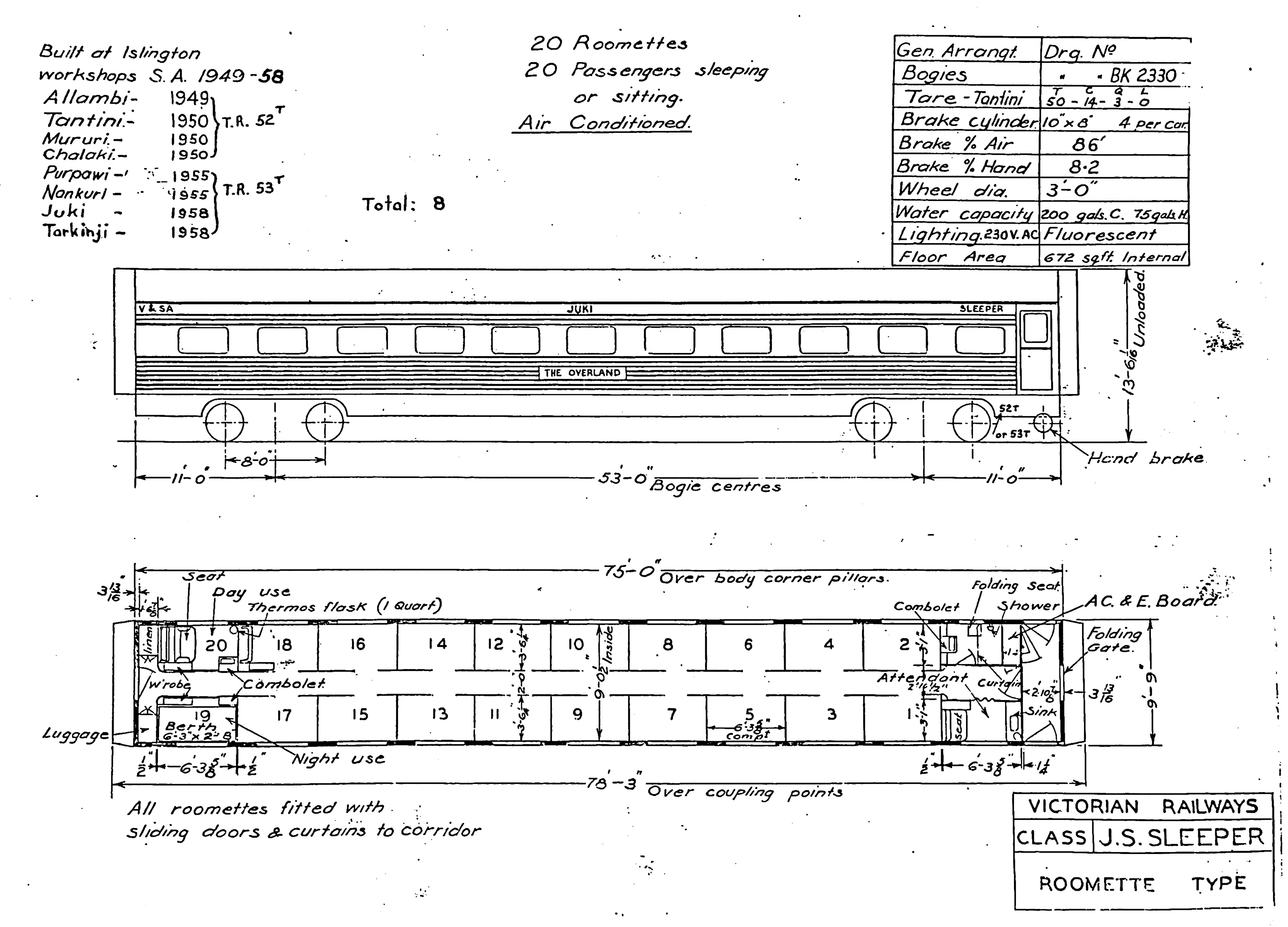
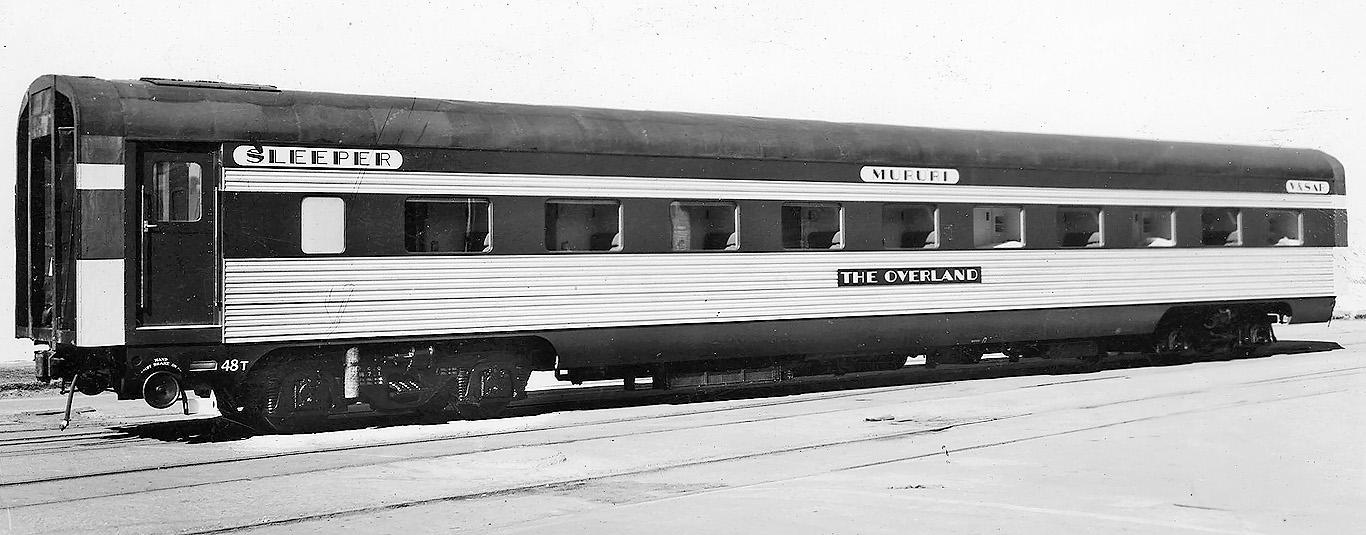
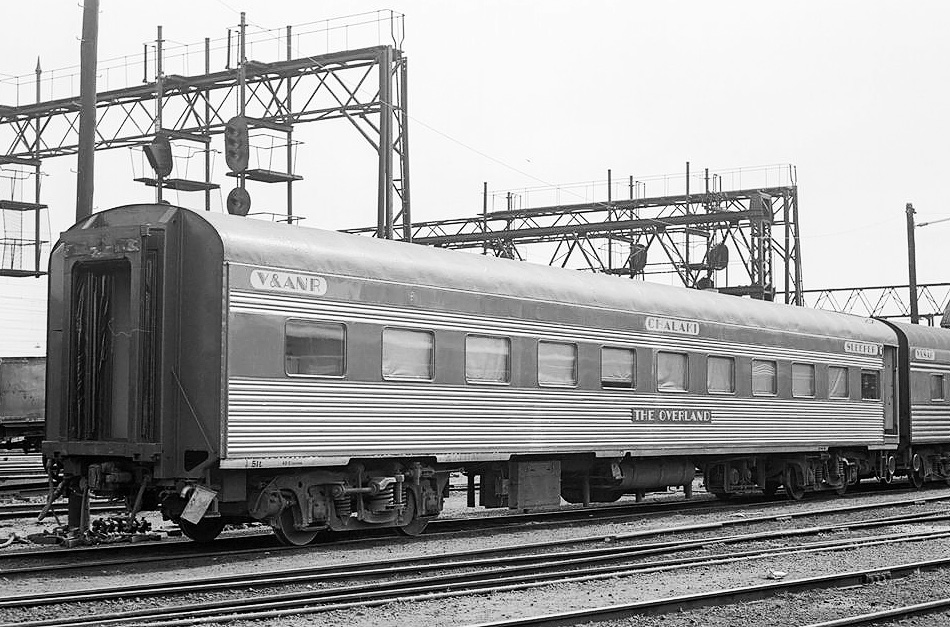

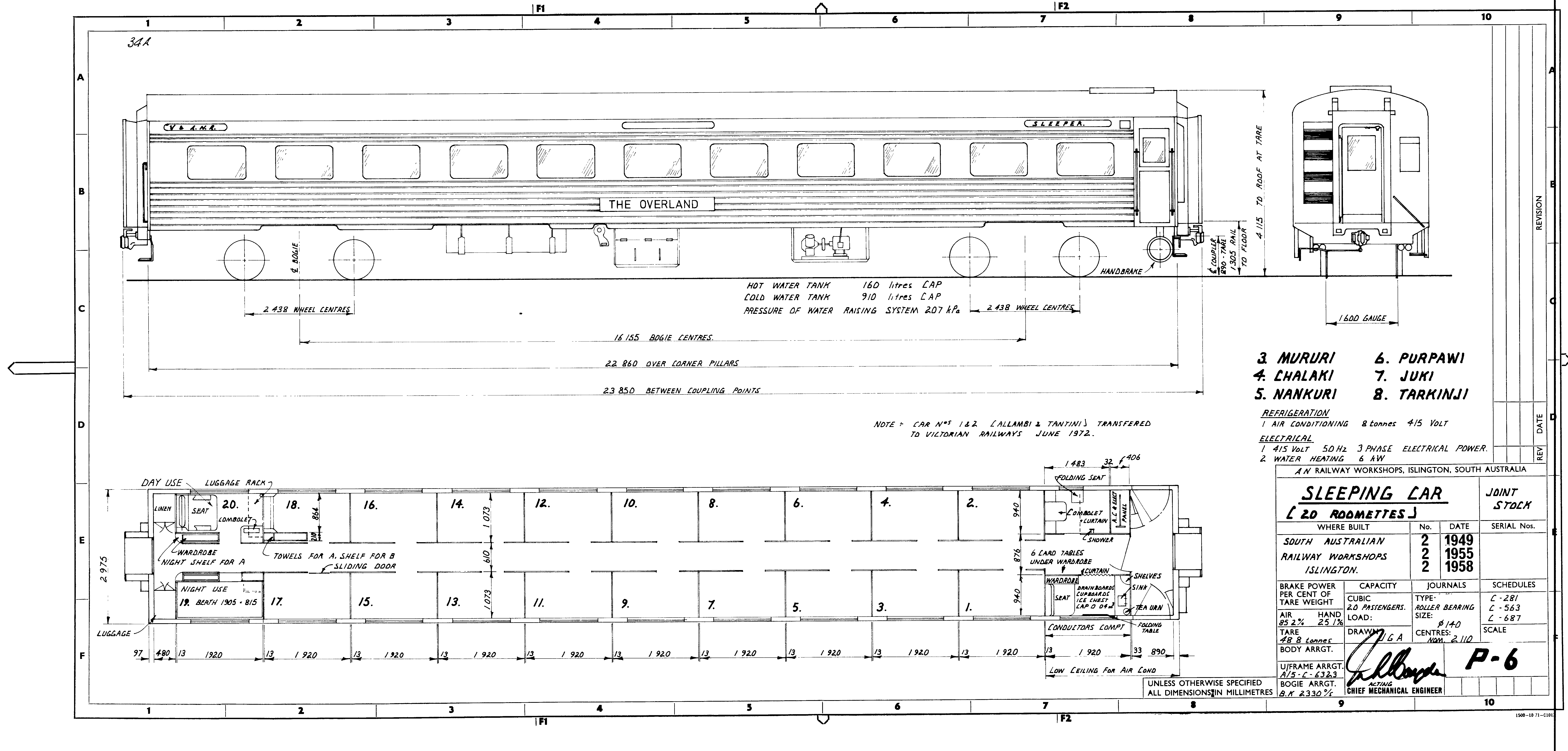
Twinettes
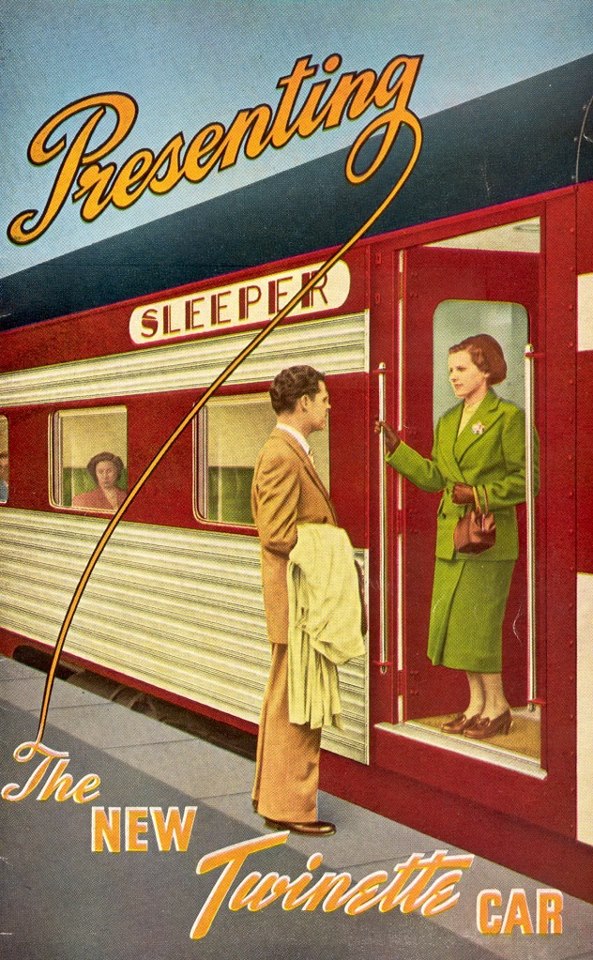
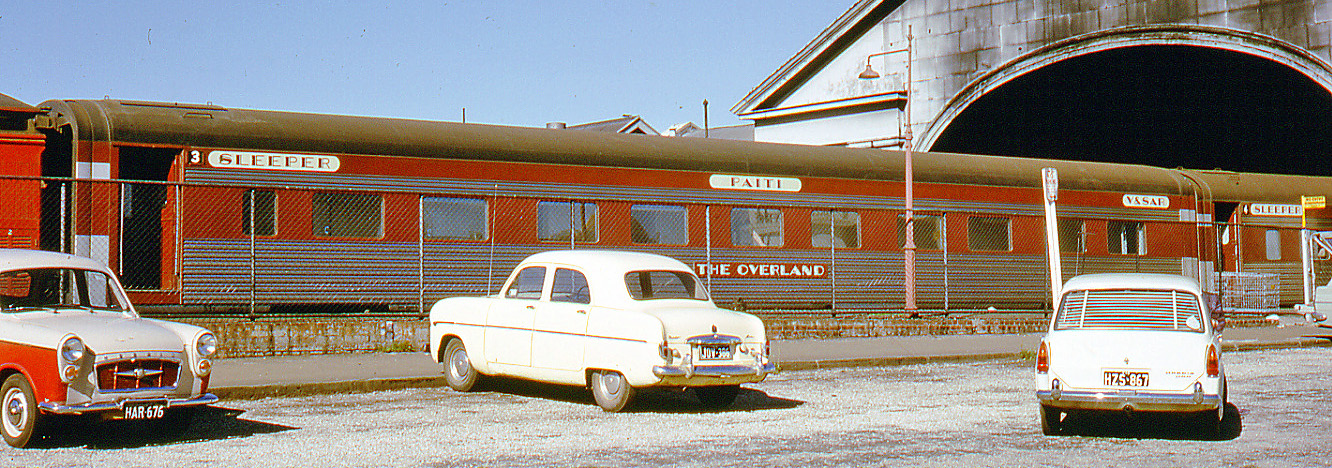
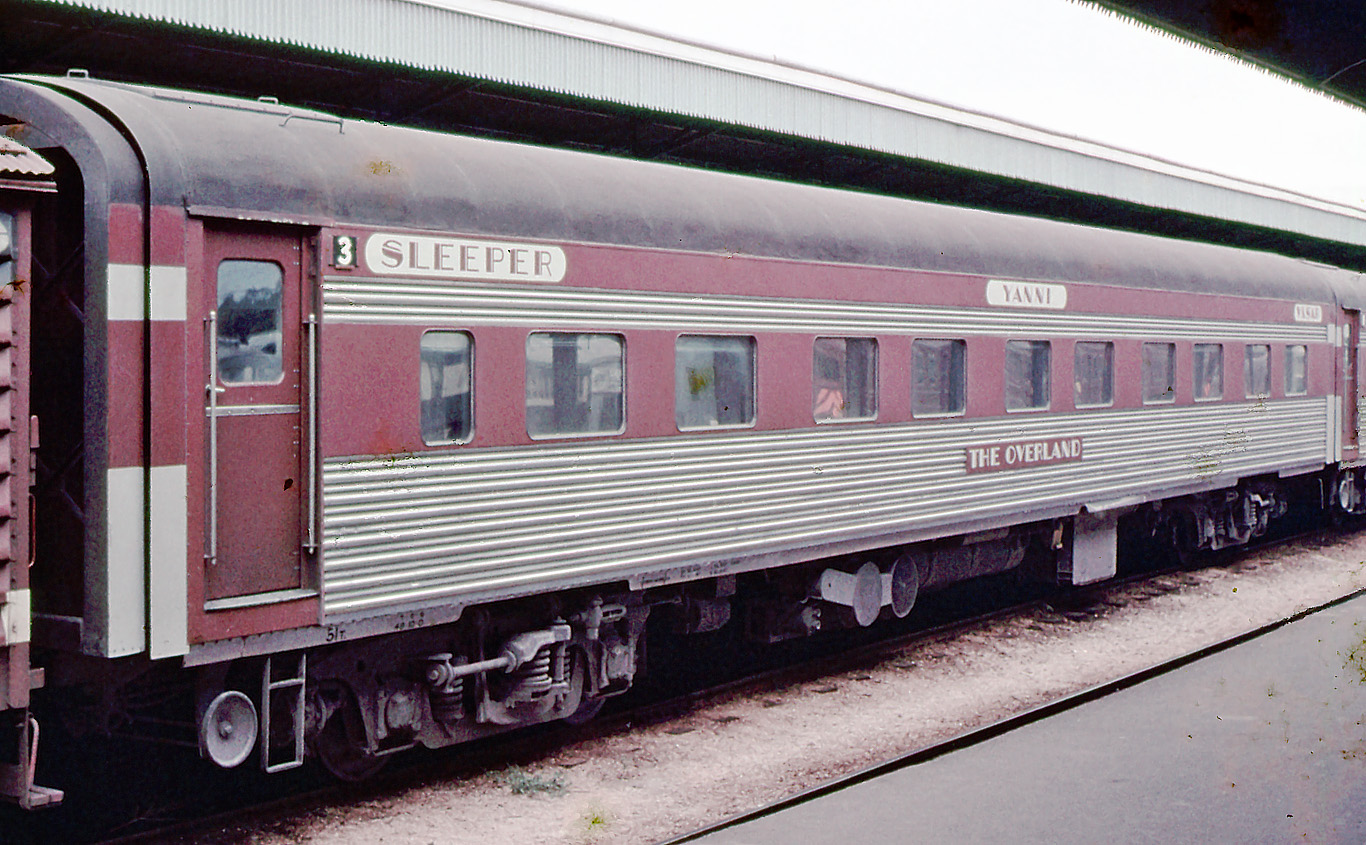
ABOVE: YANNI at Adelaide station, Oct 1969. (photo by John Beckhaus and courtesy The Overland Museum collection)
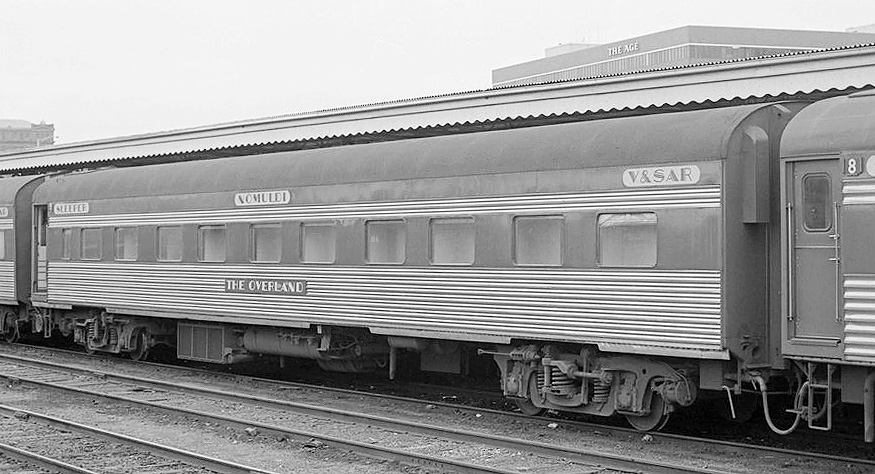
ABOVE & BELOW: NOMULDI at Spencer St, April 1979. (photos courtesy Peter J. Vincent)
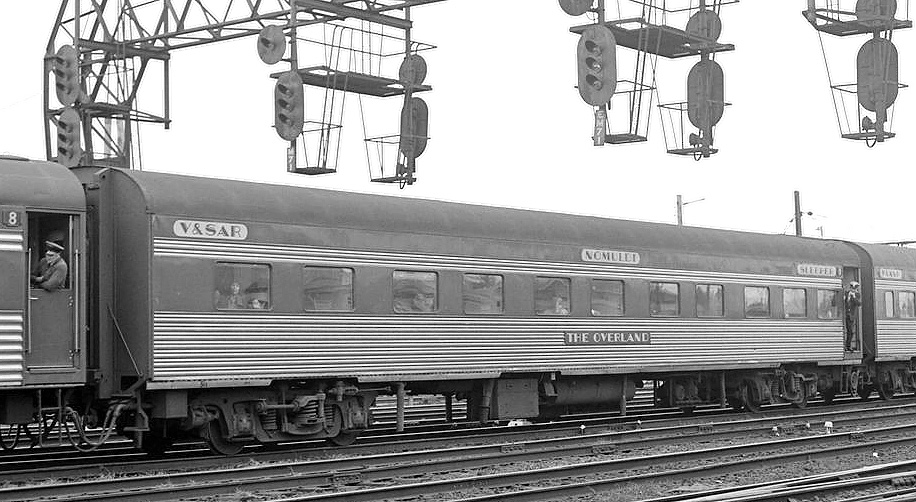

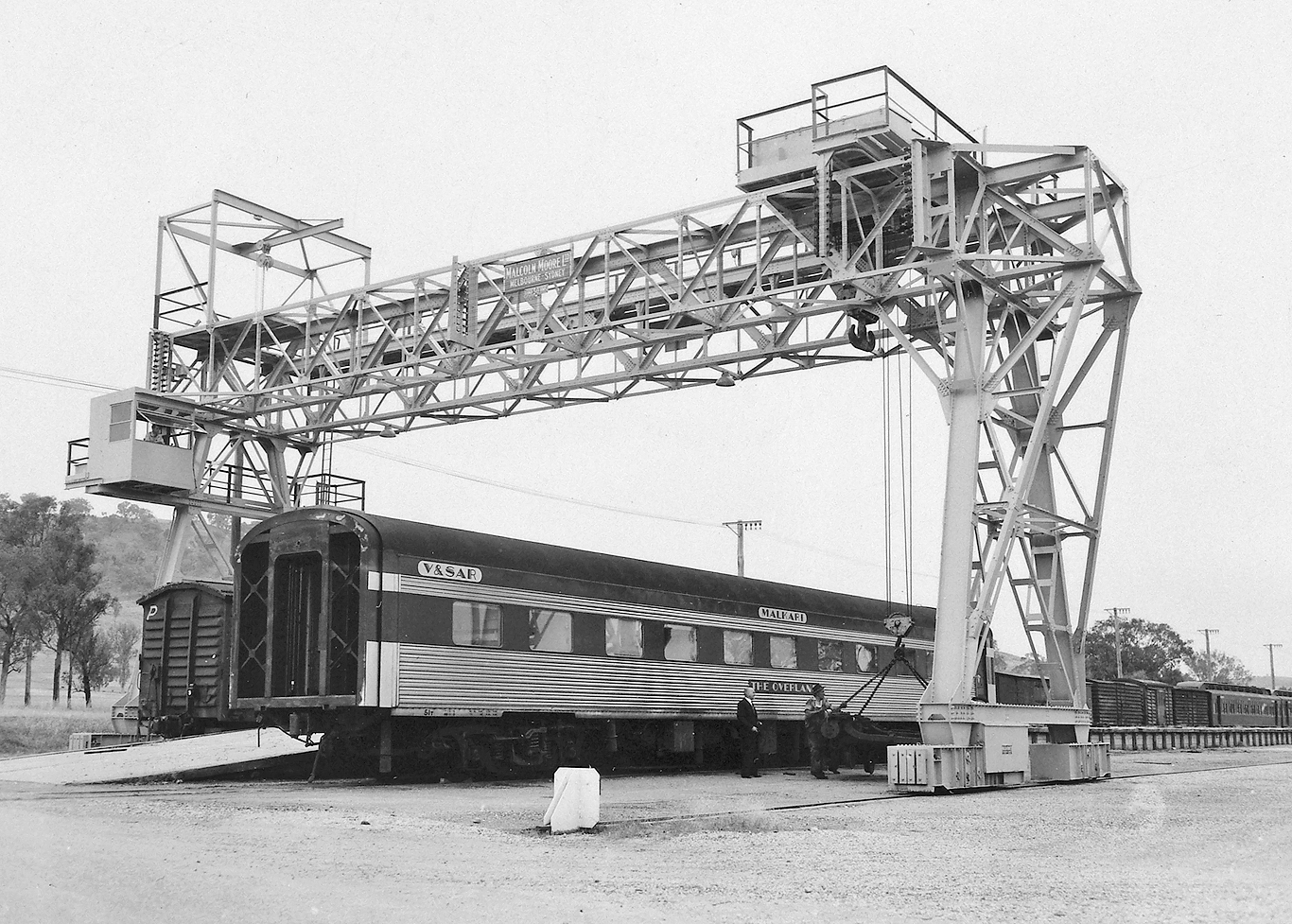
ABOVE: MALKARI is bogie exchanged at Bandiana for testing in NSW. Dec. 1960 (official VR photo M 7413)
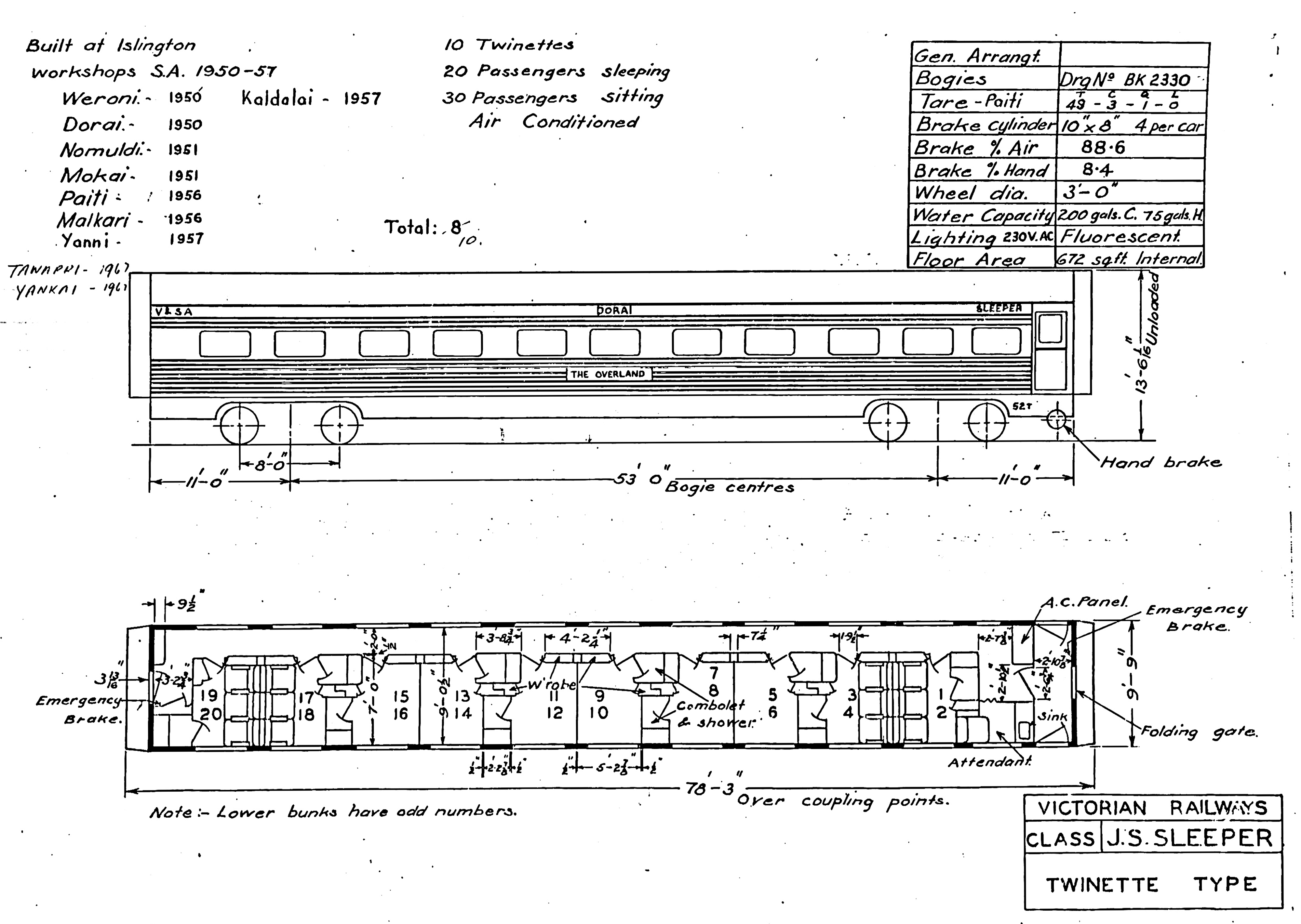
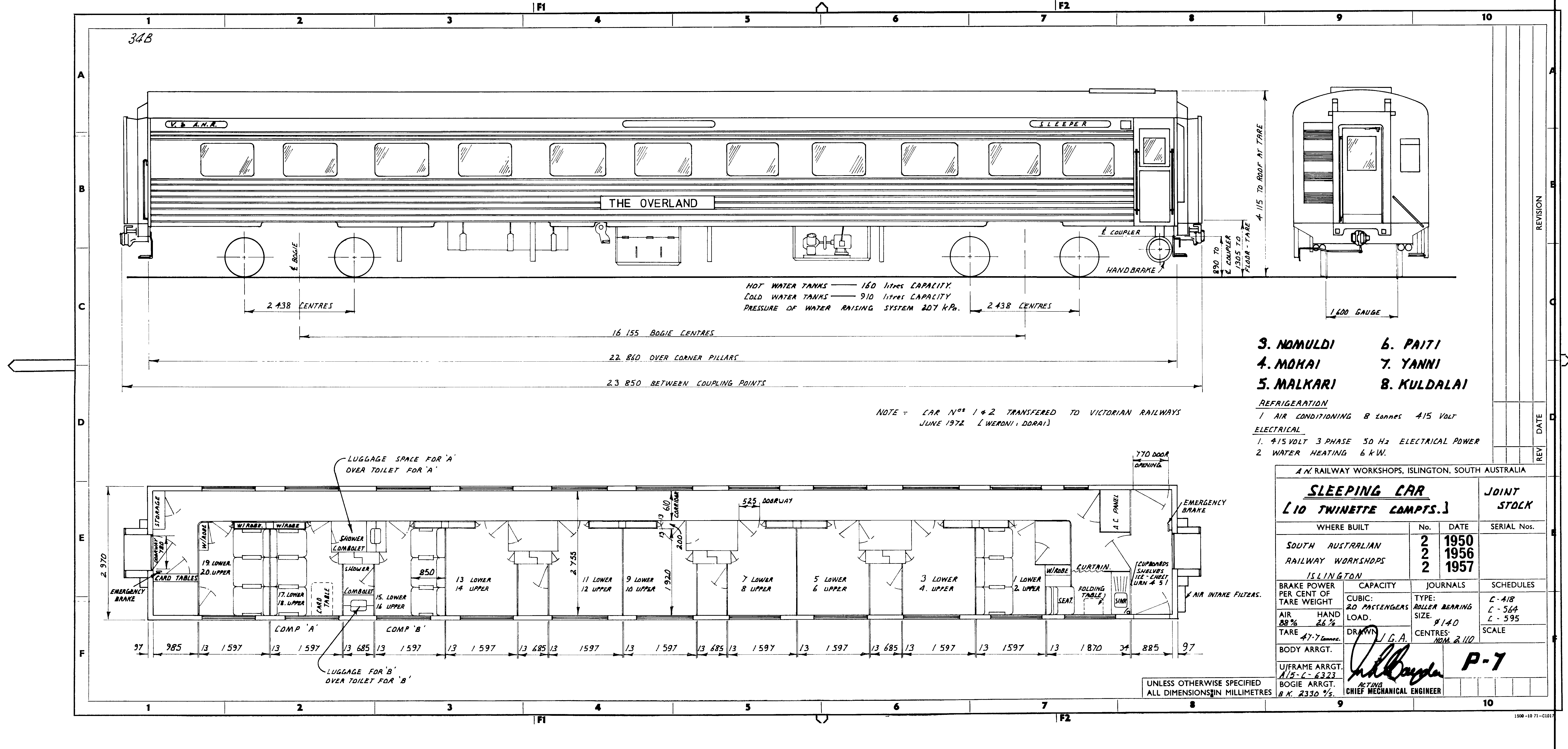
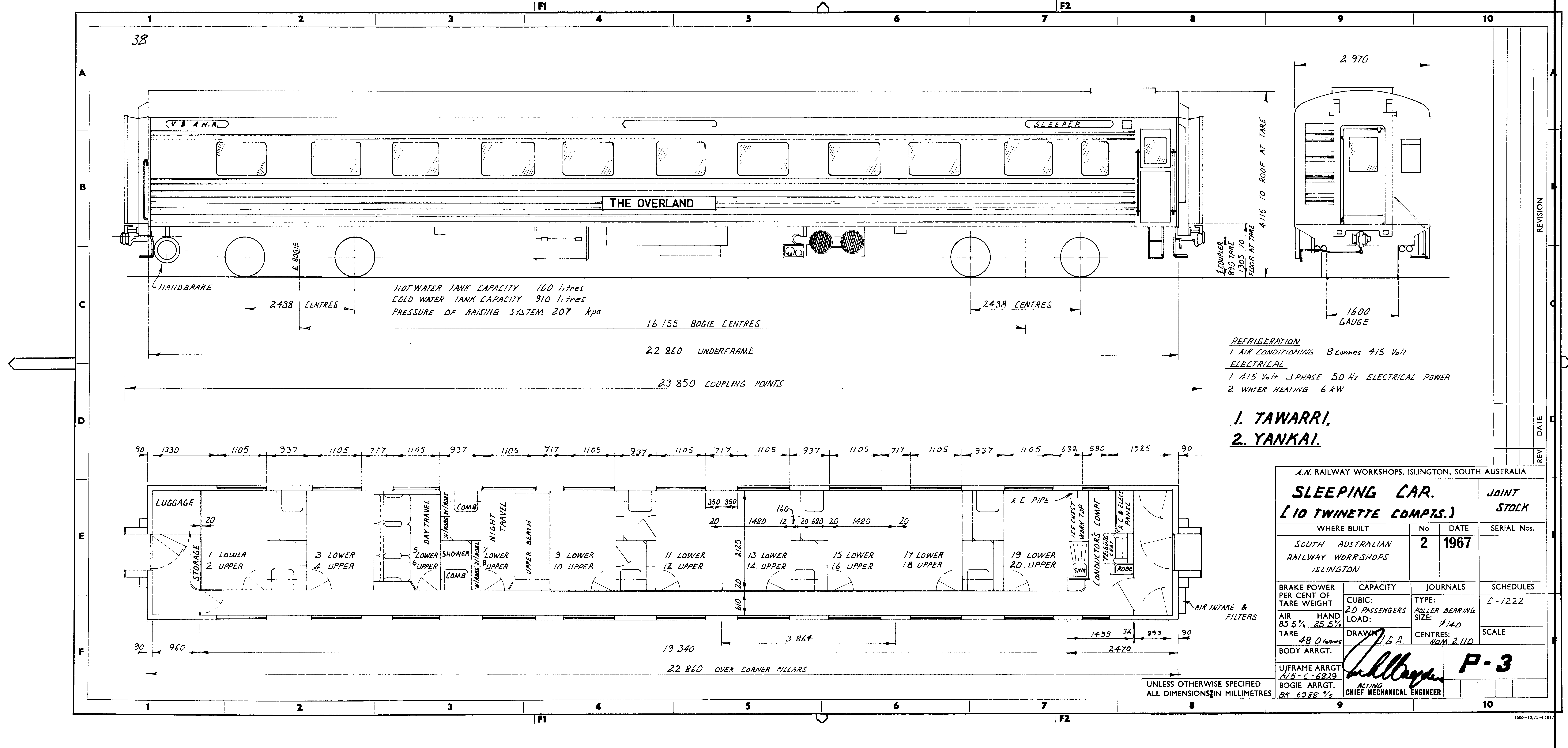
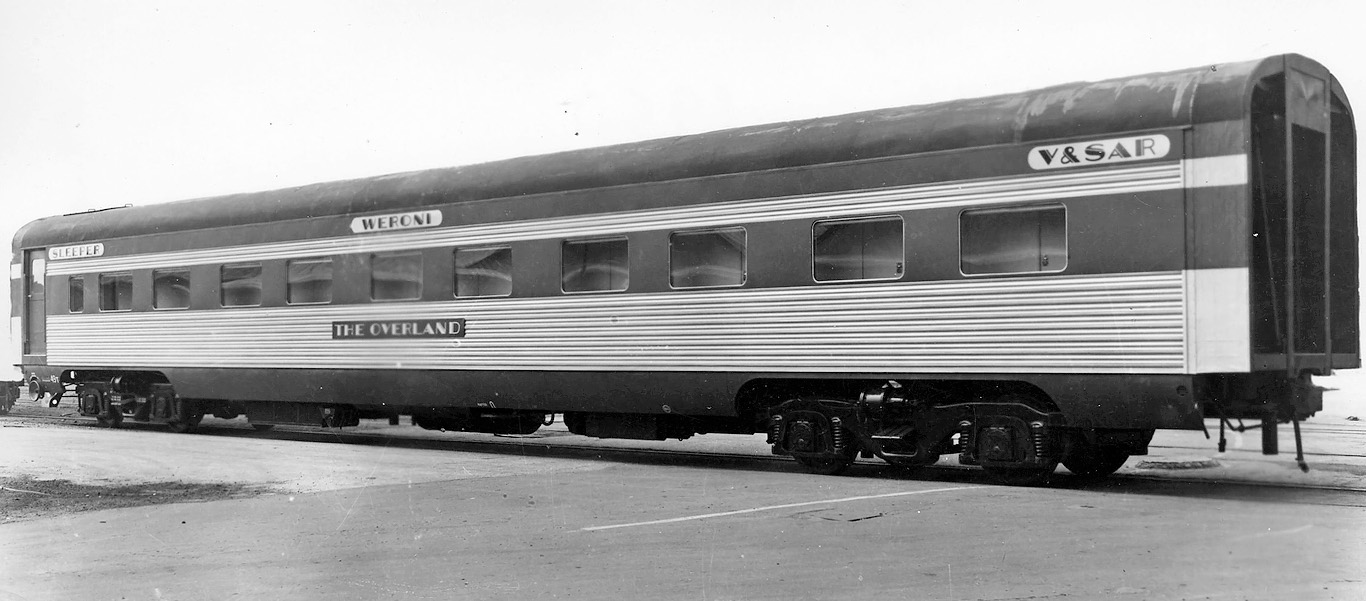
ABOVE & BELOW: (photos courtesy The Overland Museum collection)
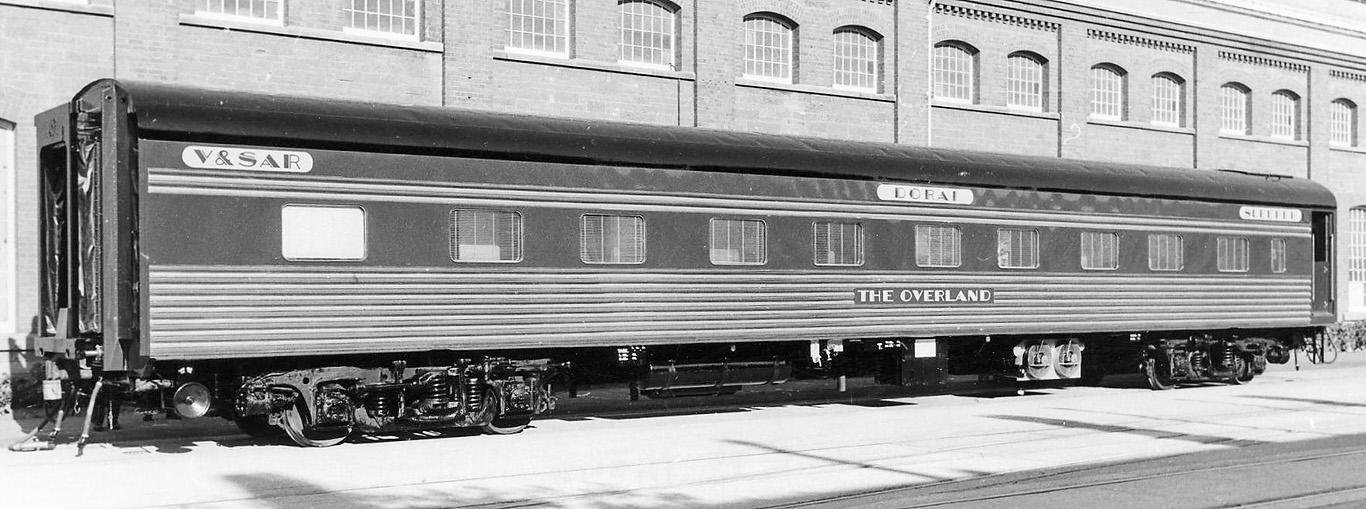
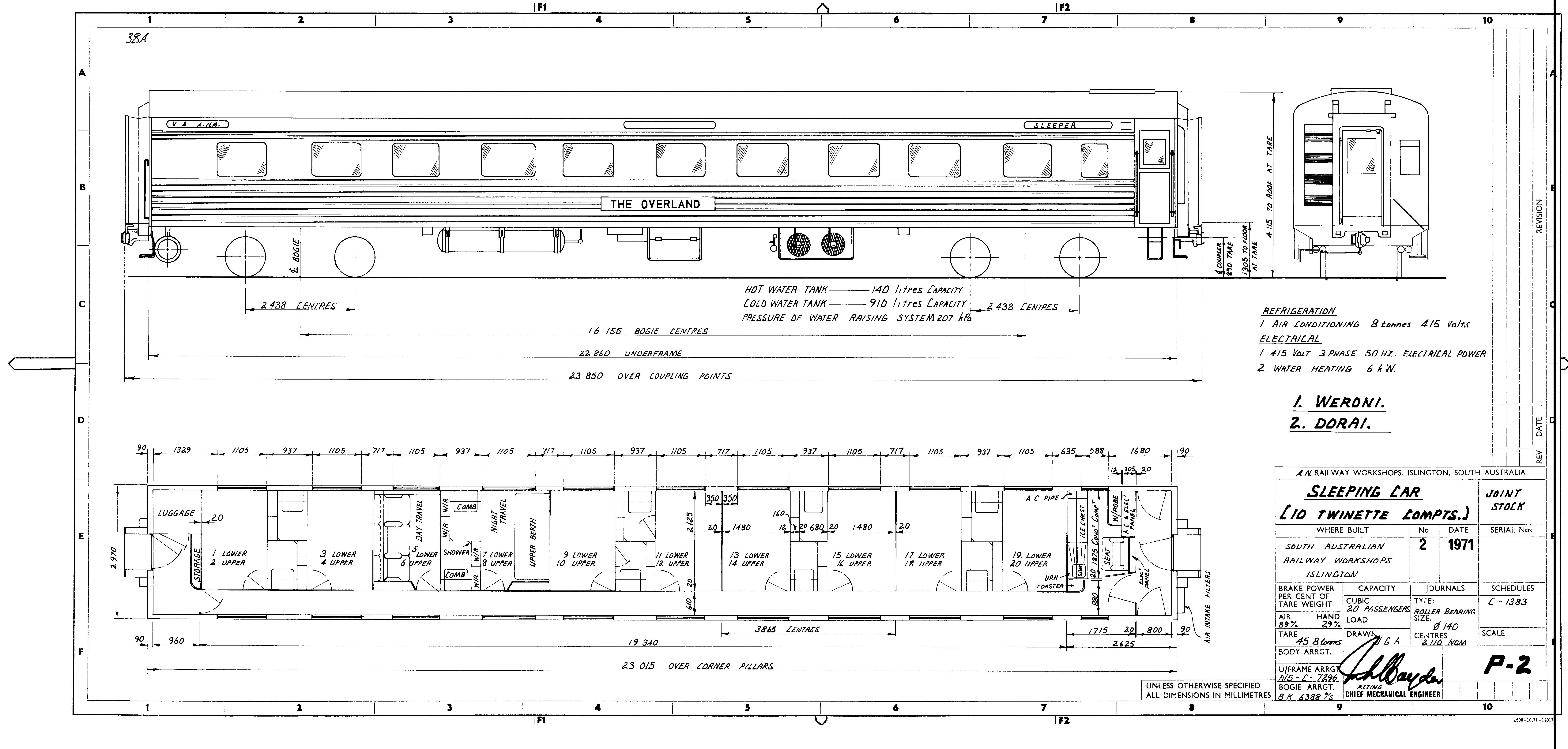
(AJ) 1st class sitting cars
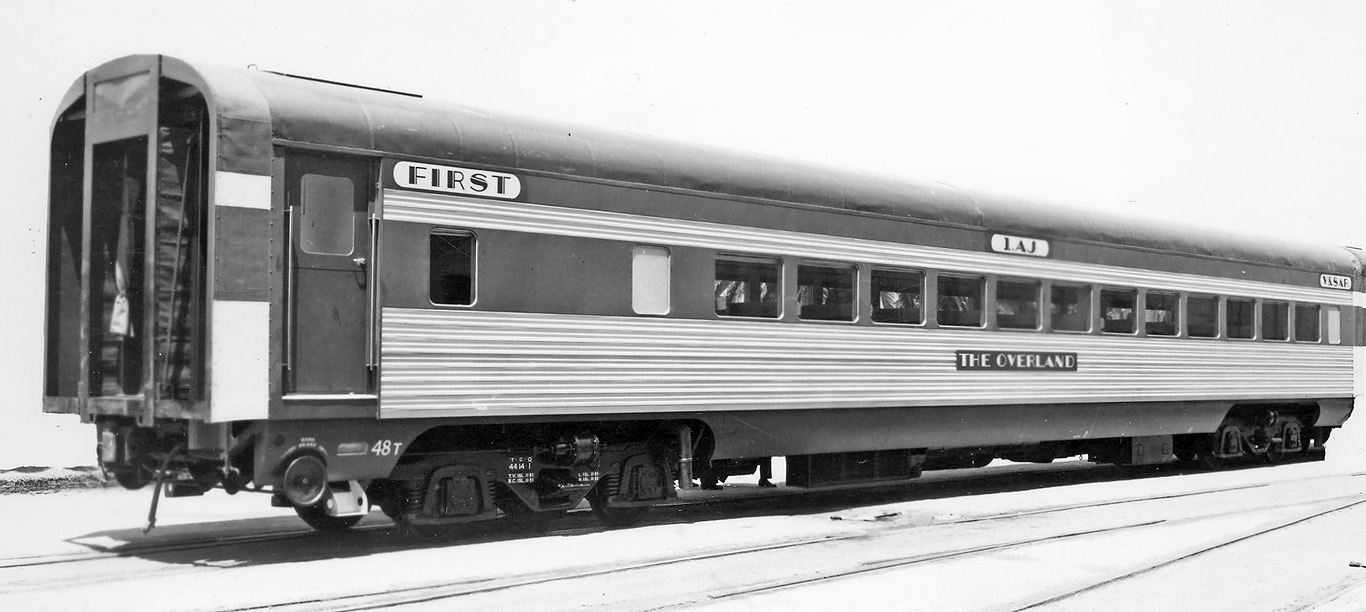
ABOVE & BELOW: (photos courtesy The Overland Museum collection)
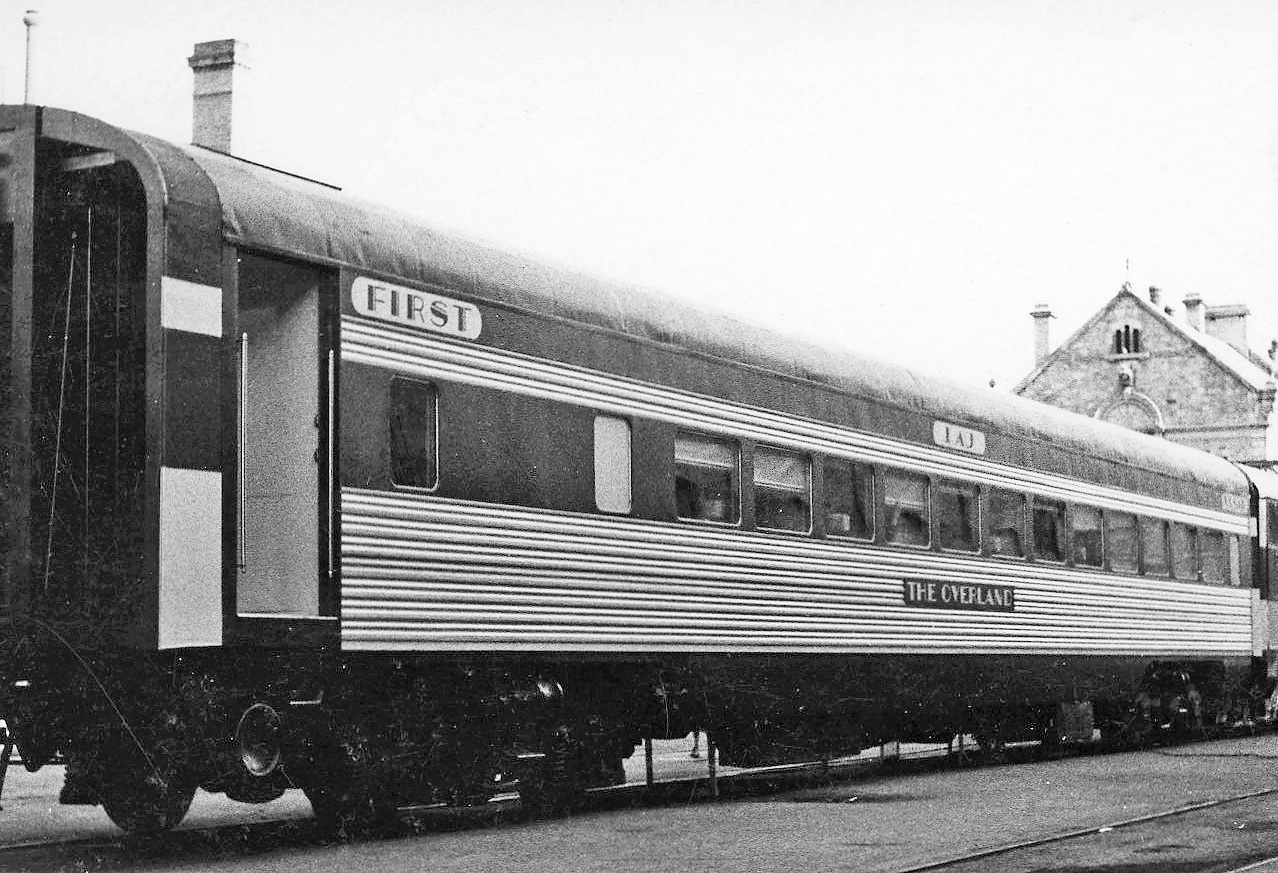
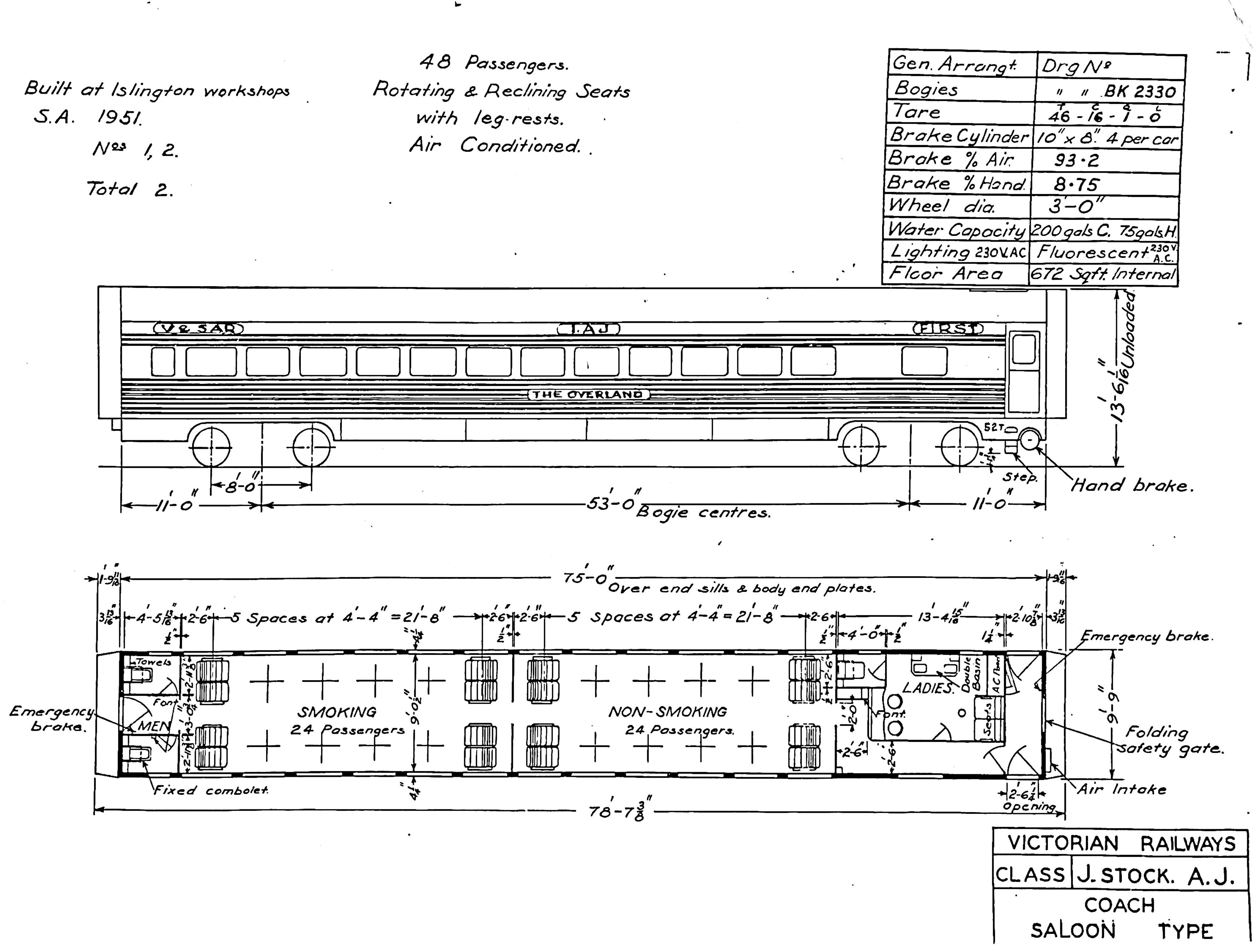
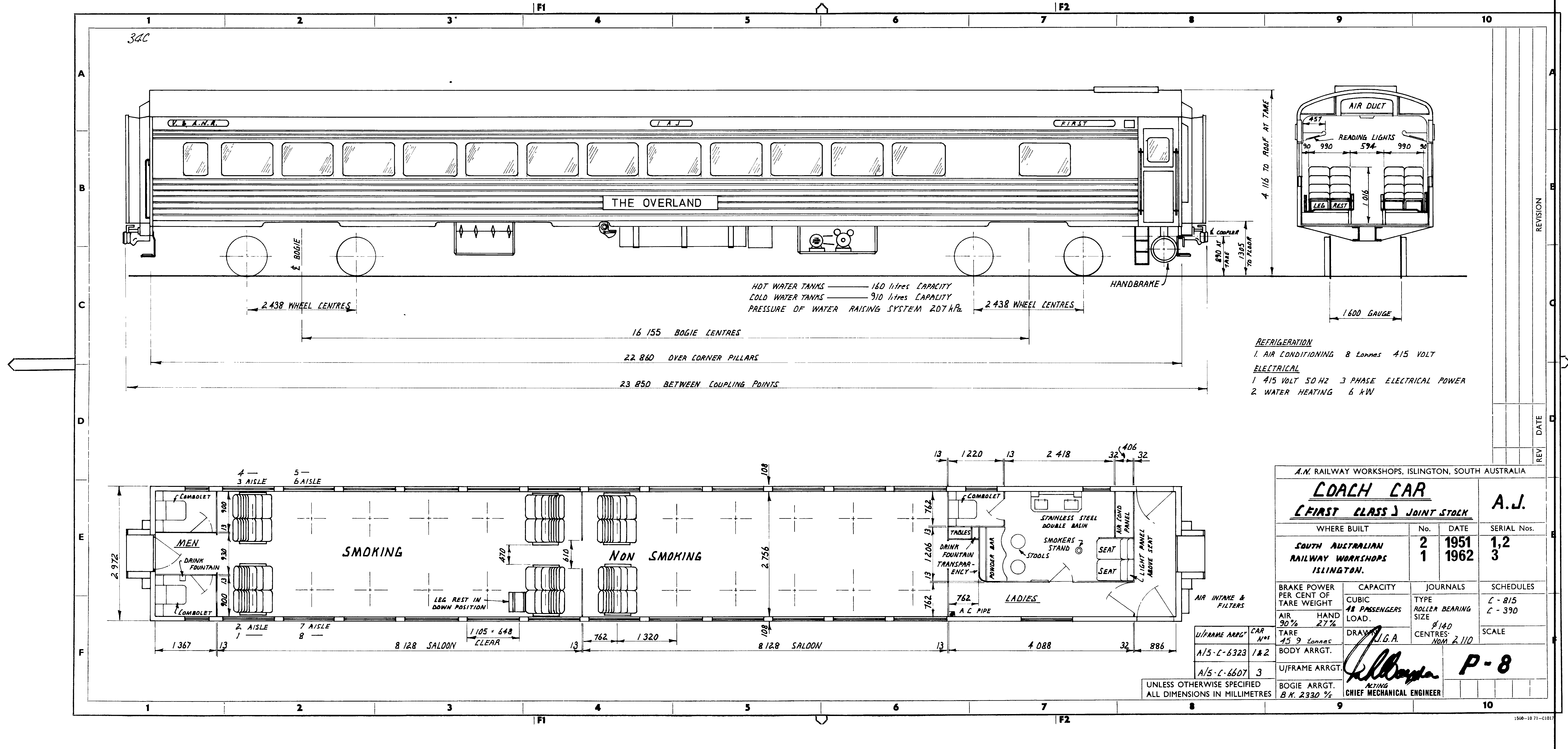
(BJ) 2nd (economy class) sitting cars
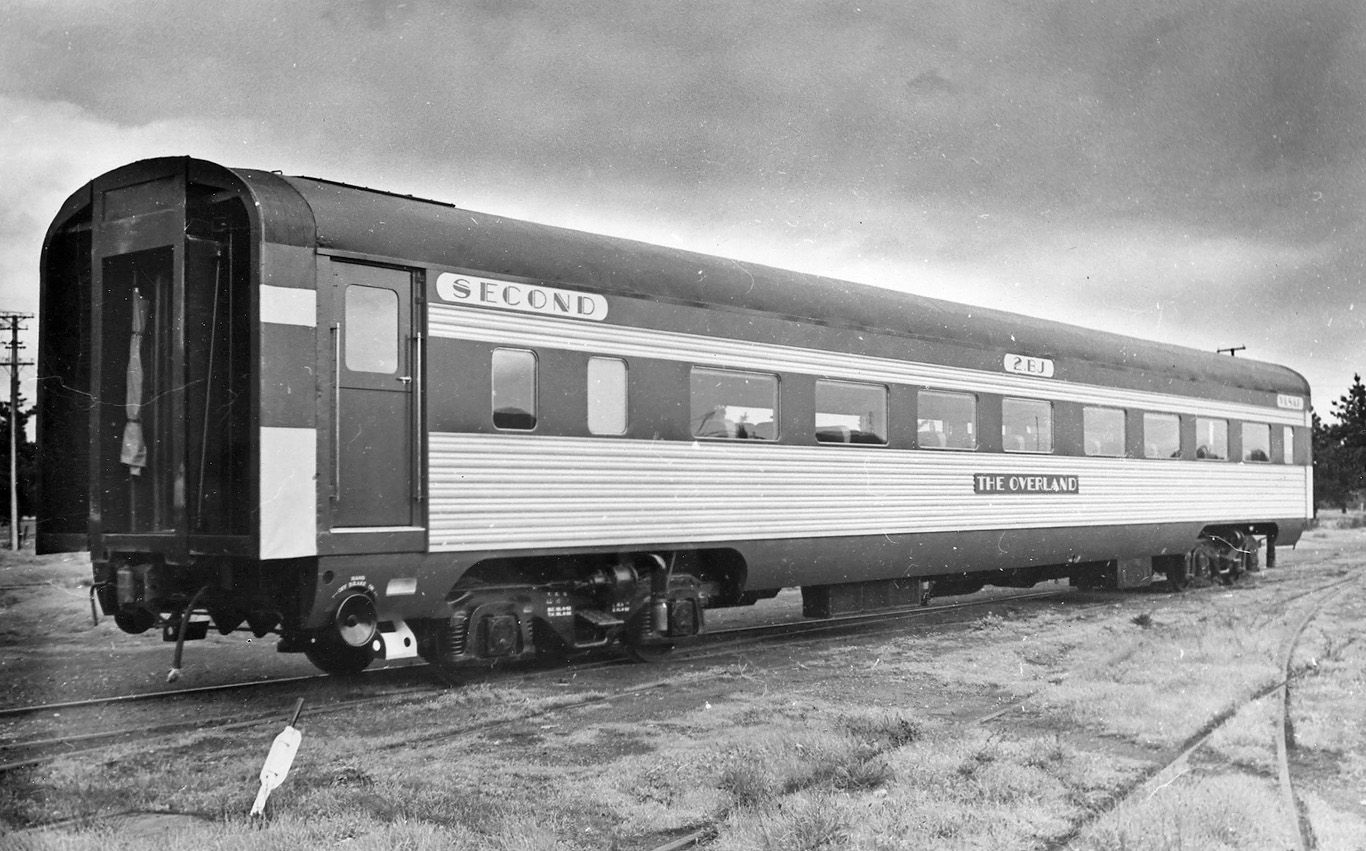
ABOVE & BELOW: (photos courtesy The Overland Museum collection)

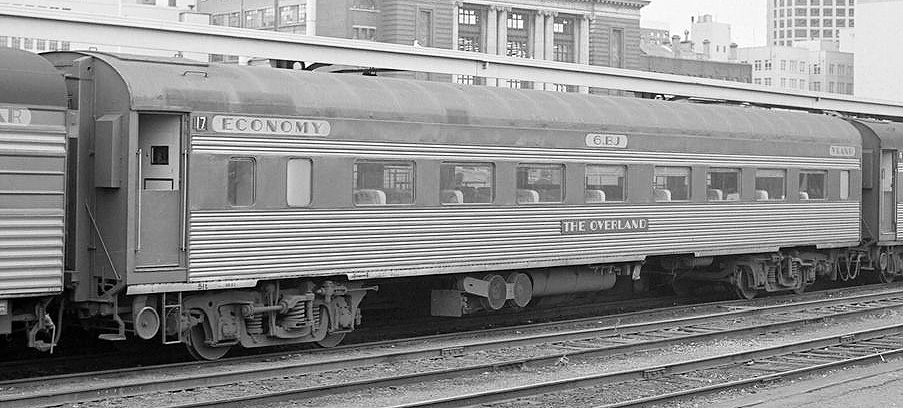
ABOVE& BELOW: BJ 6 and 7 at Spencer St, April 1979. (photo courtesy Peter J. Vincent)
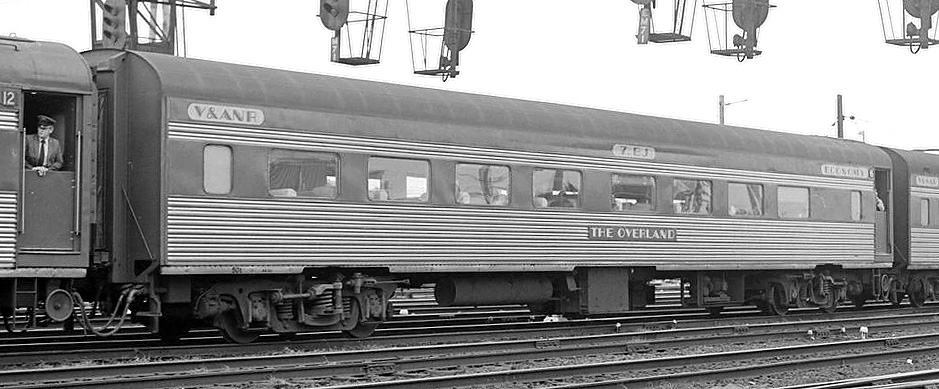
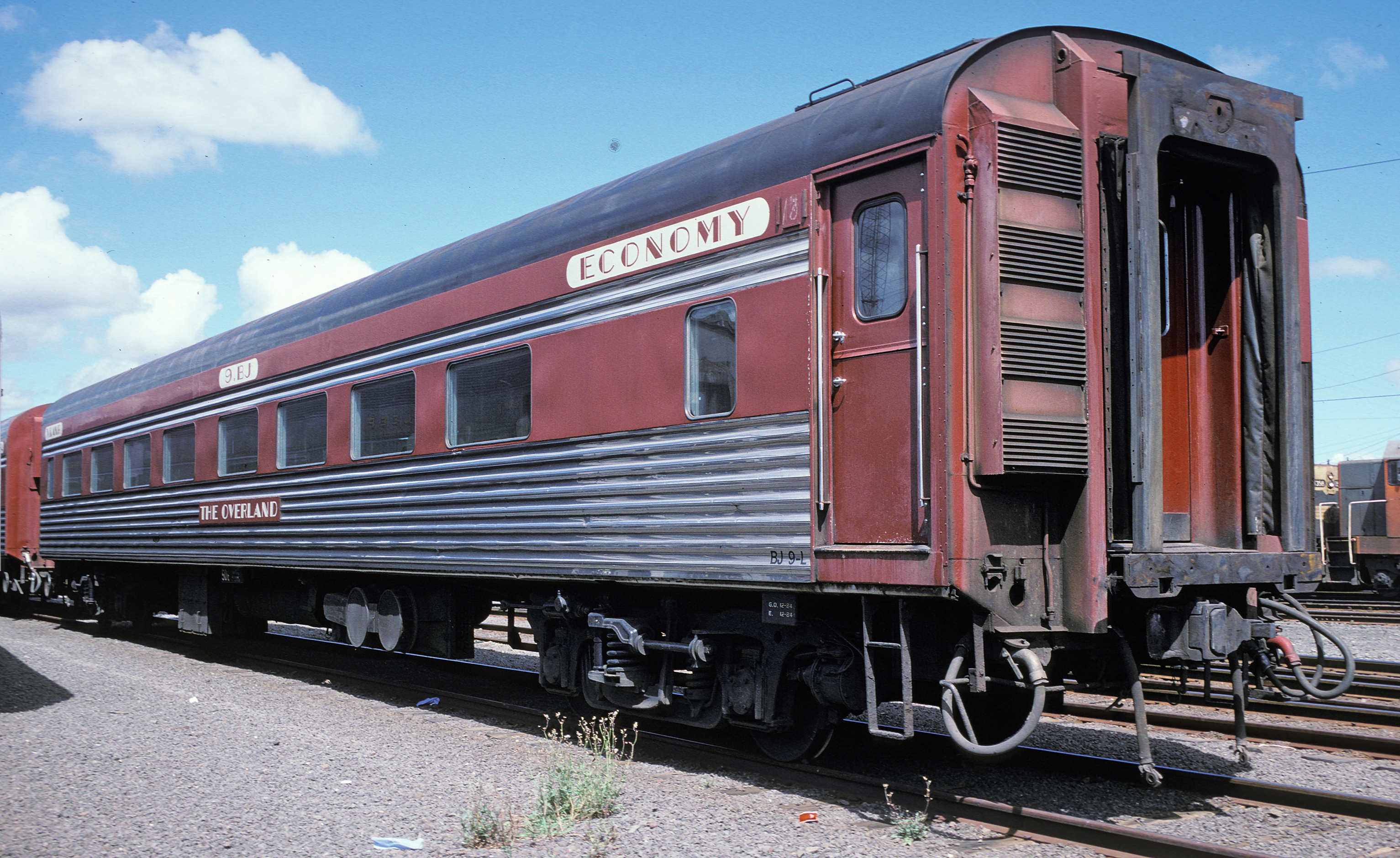
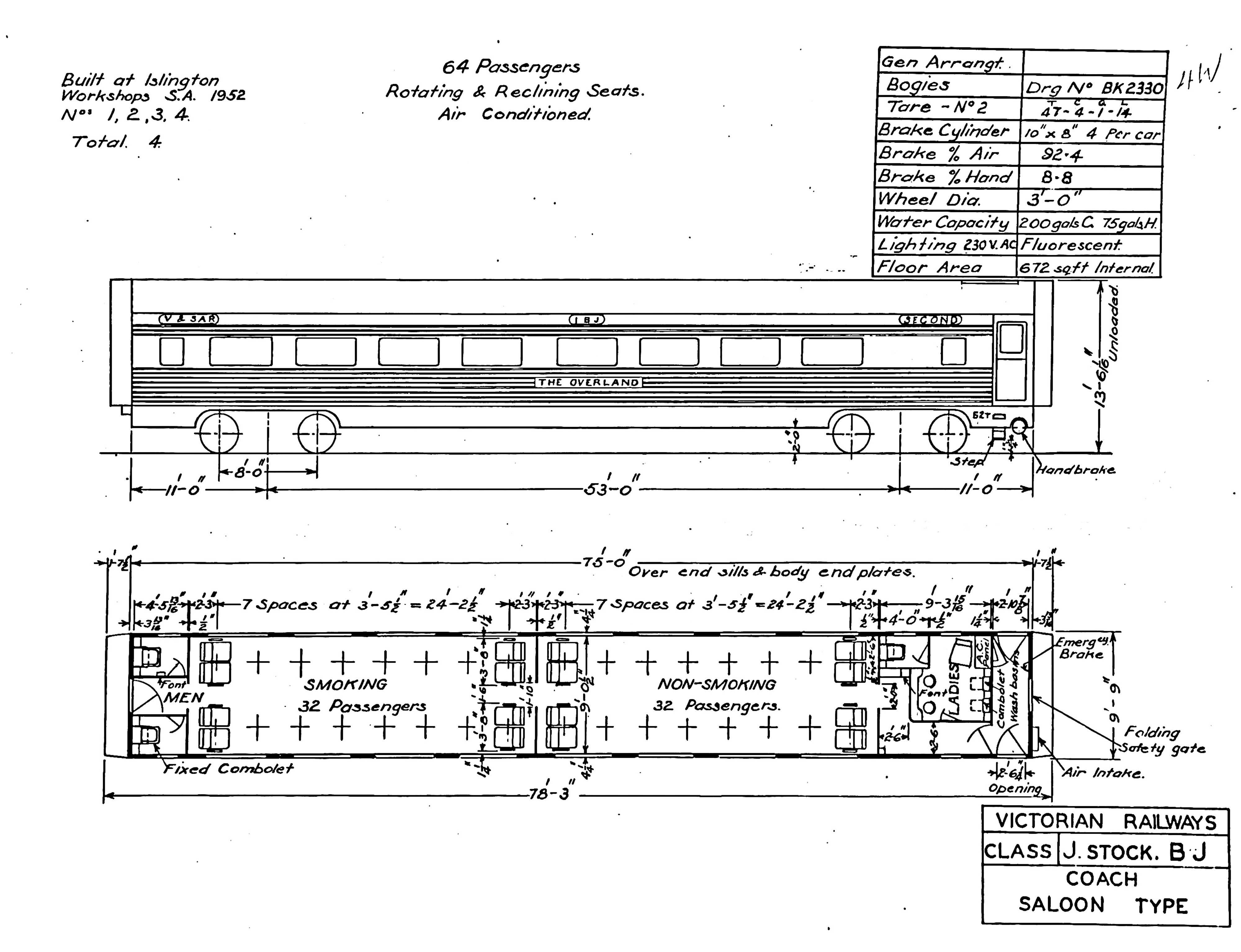
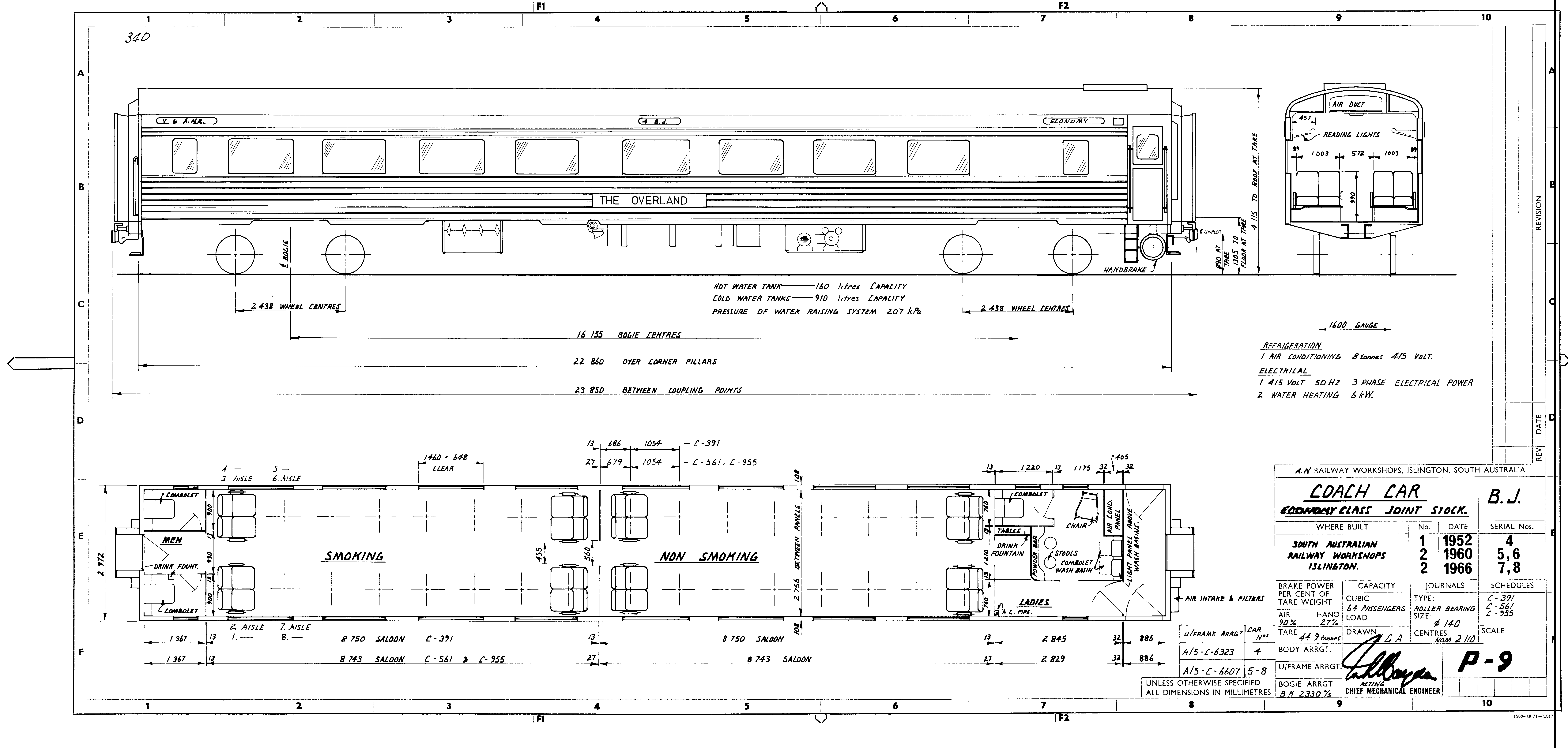
Club cars (for 1st class passengers)
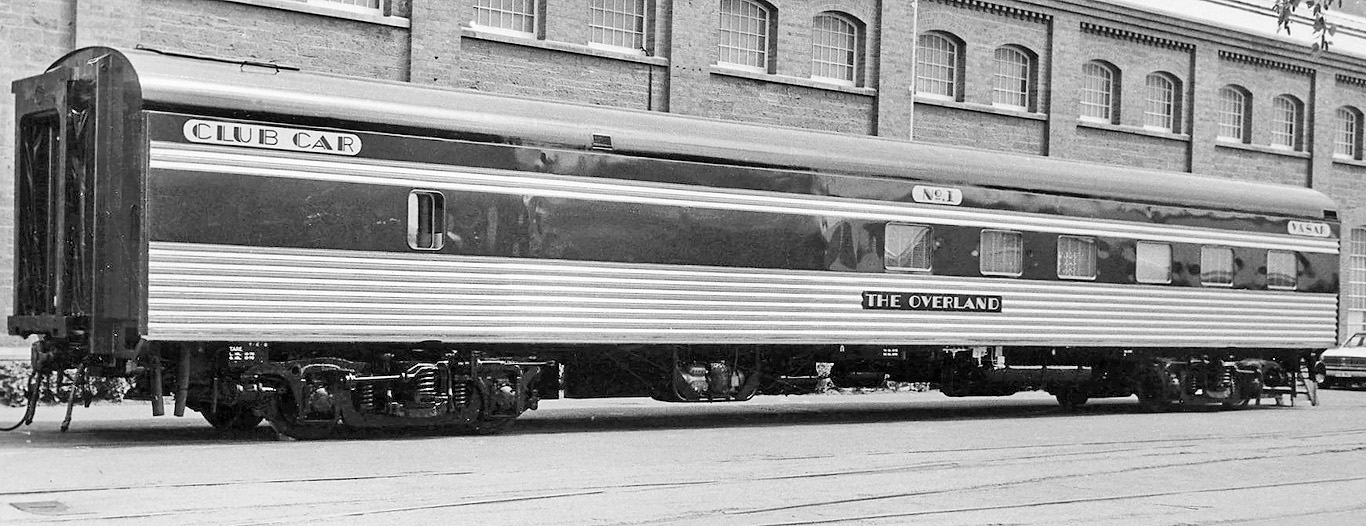
ABOVE: Builders photos of Club car No. 1 at Islington workshops, 1970. (photo courtesy The Overland Museum collection)
BELOW: The same car at Spencer St, April 1979. (photo courtesy Peter J. Vincent)
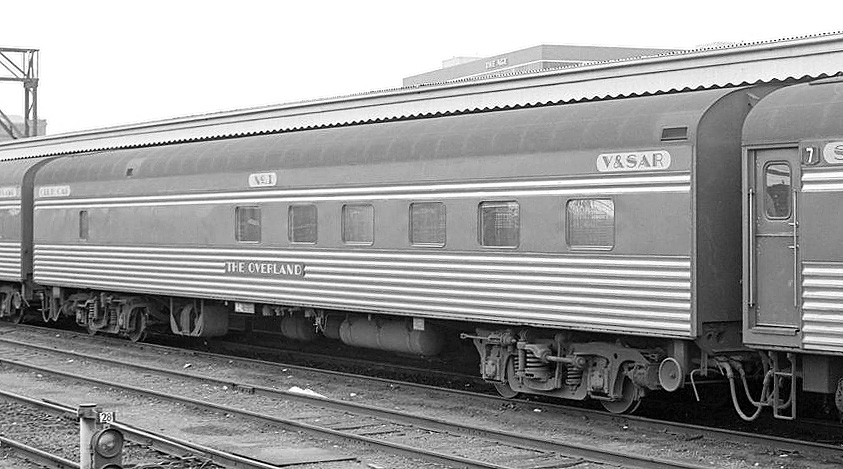

ABOVE Club Car No 3 at Spencer St Oct 1984, photo courtesy Rob O'Regan.
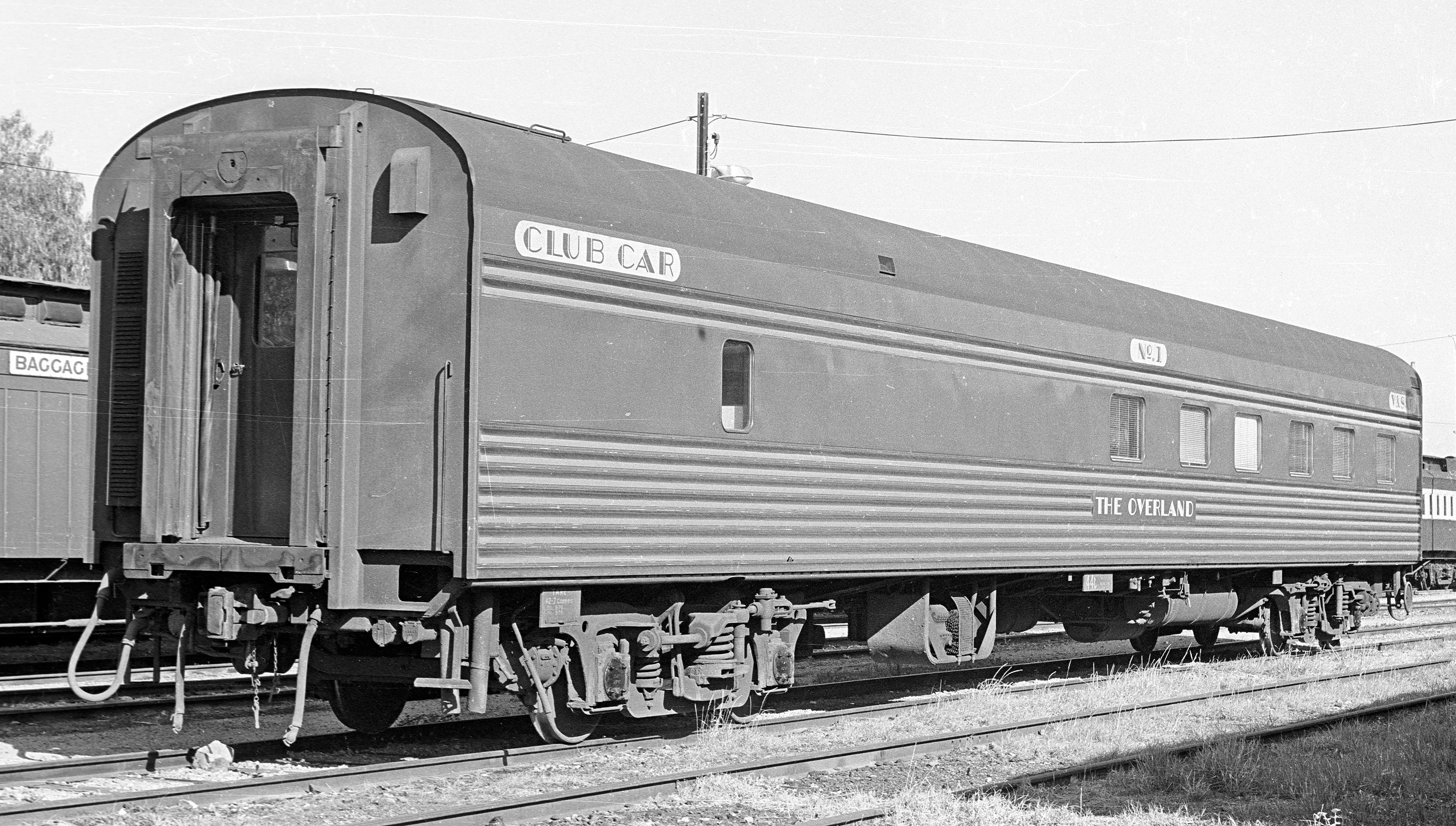
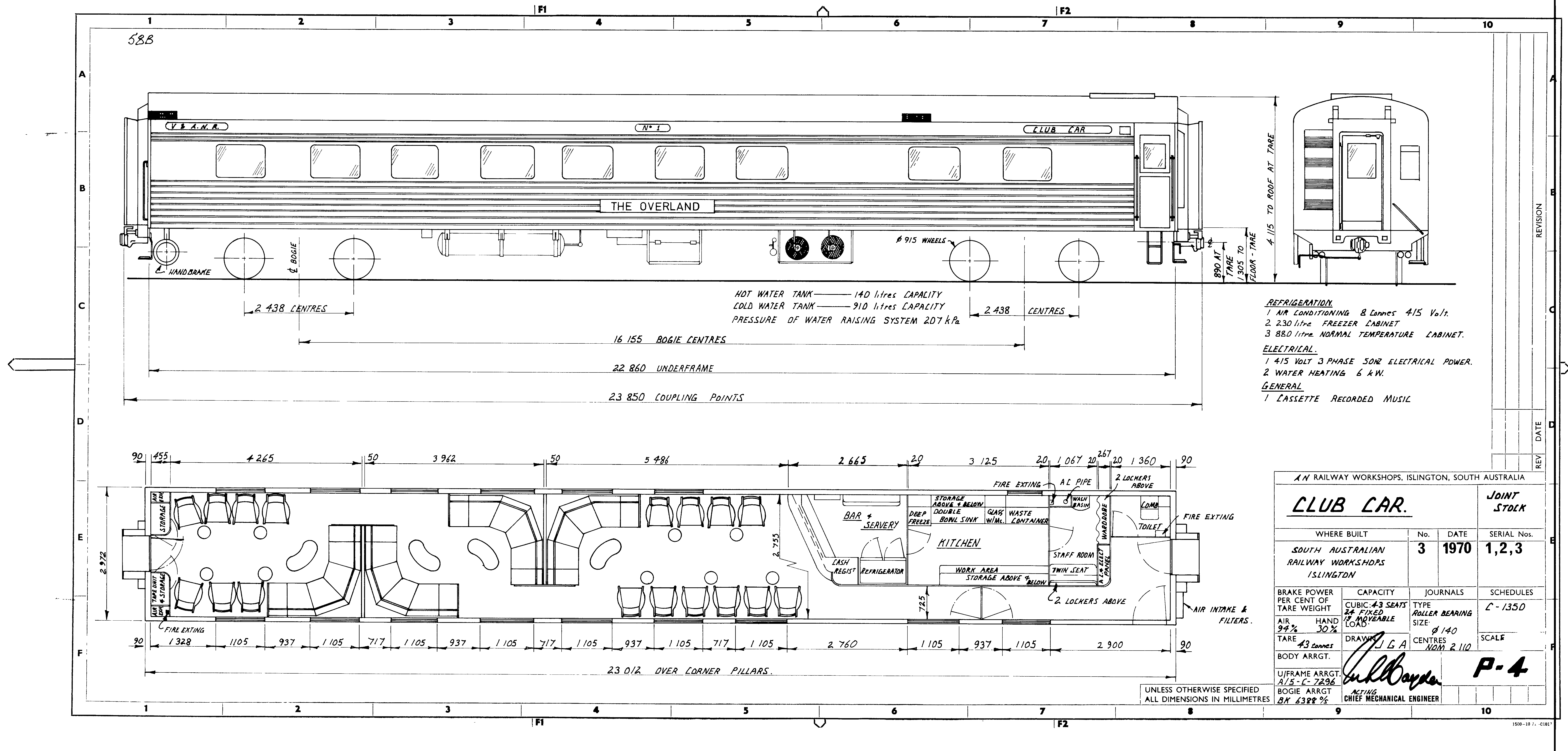
(RBJ) Cafeteria/sitting cars (for economy class passengers)

ABOVE: RBJ 2 at Adelaide station. probably circa 1970s. (photos courtesy The Overland Museum collection)
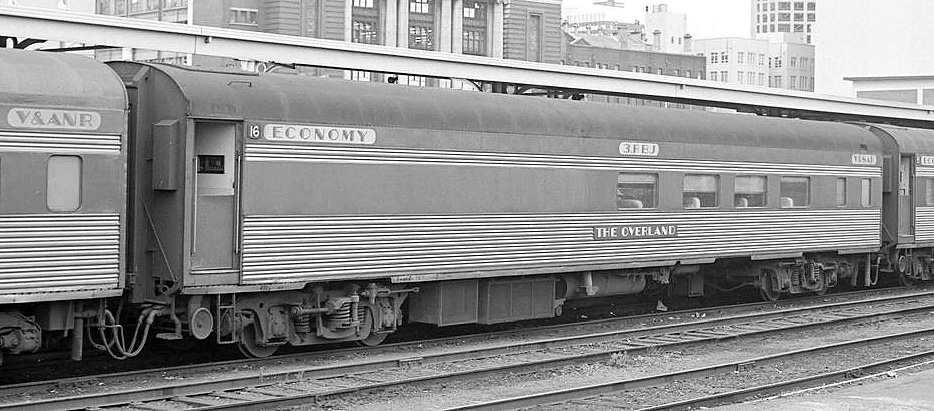
ABOVE & BELOW: RBJ 3 at Spencer St, April 1979. (photos courtesy Peter J. Vincent)
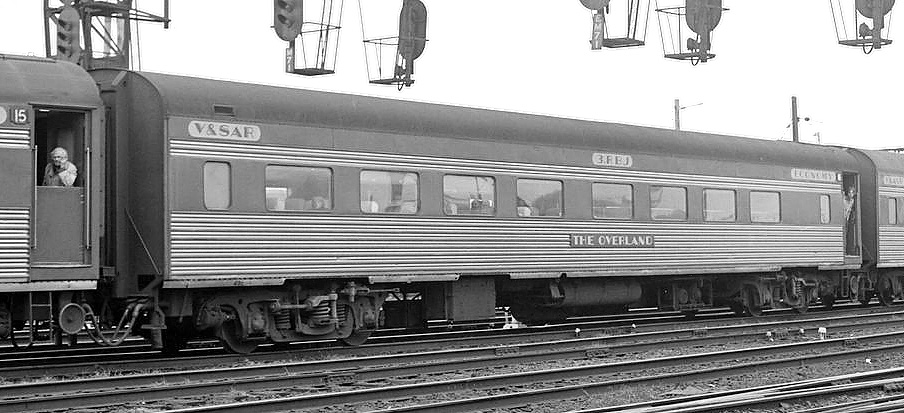
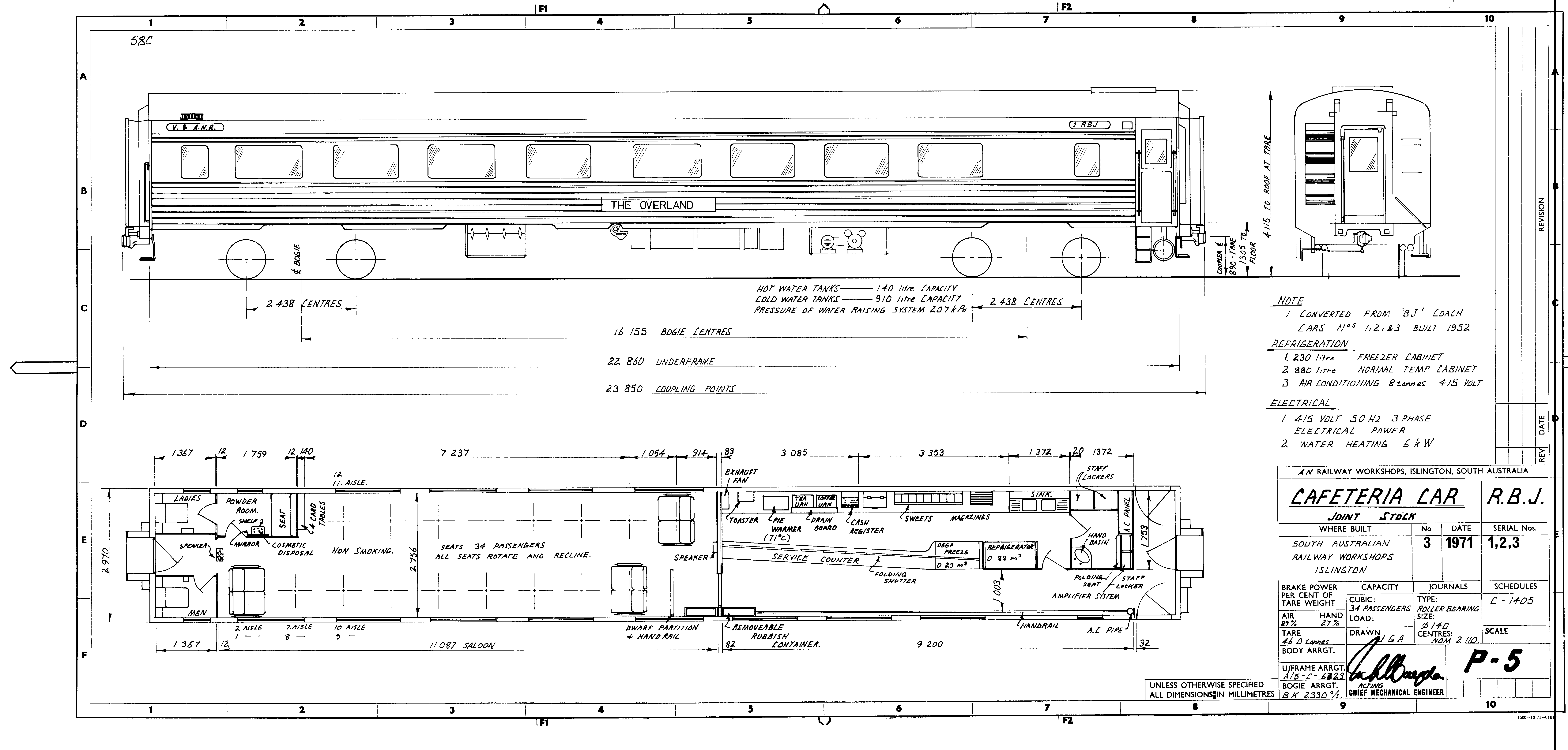
(PCO) Power/Guards/Baggage cars
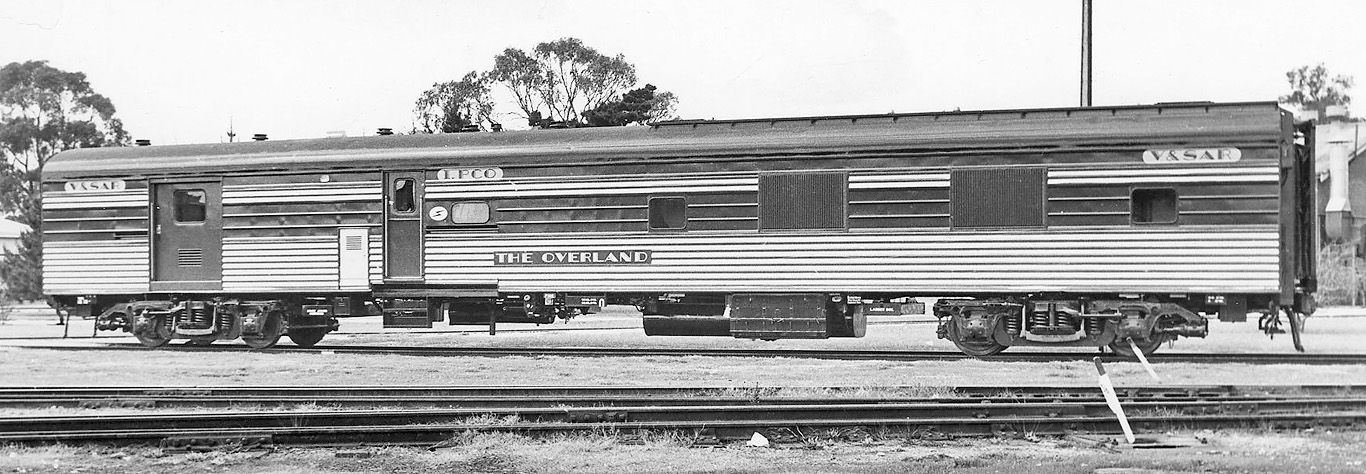
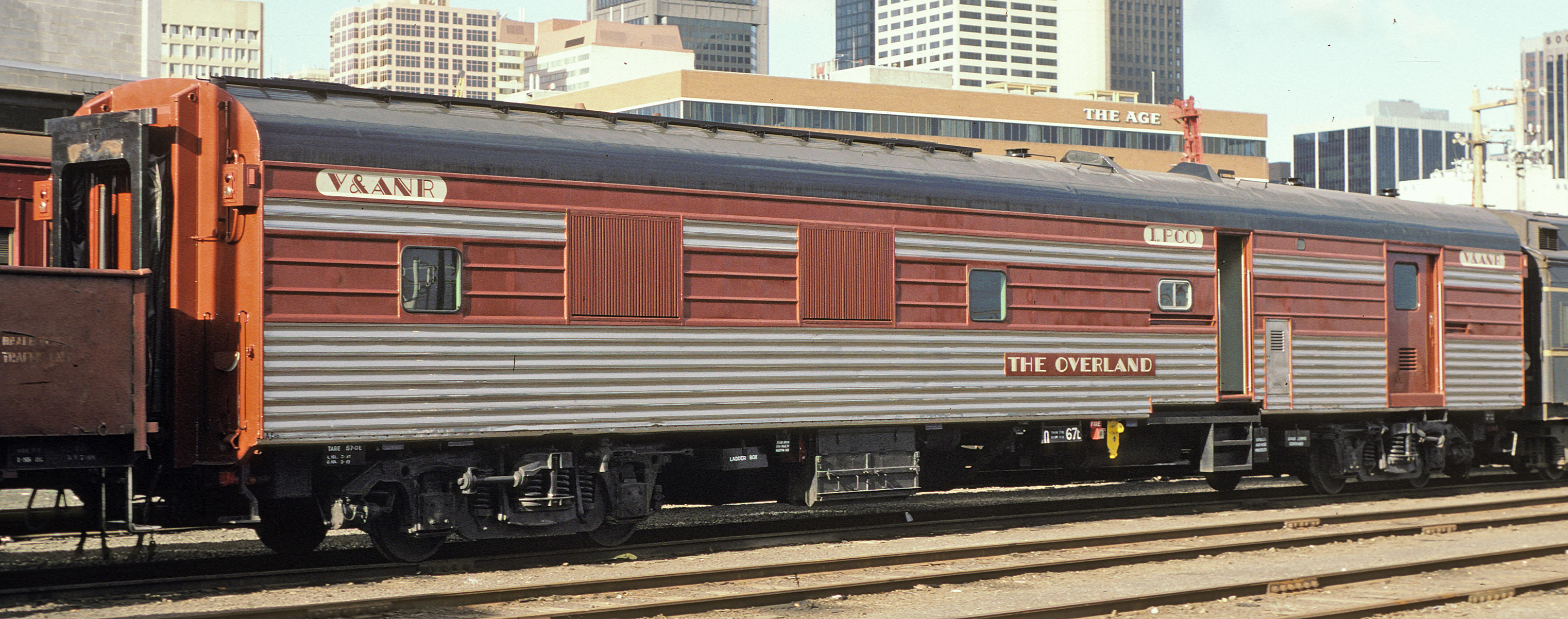

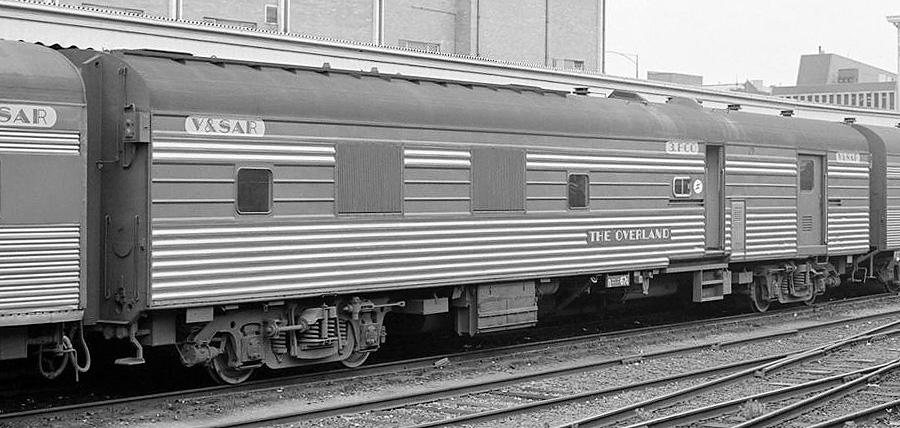
ABOVE & BELOW: PCO 3 at Spencer St, April 1979. (photos courtesy Peter J. Vincent)
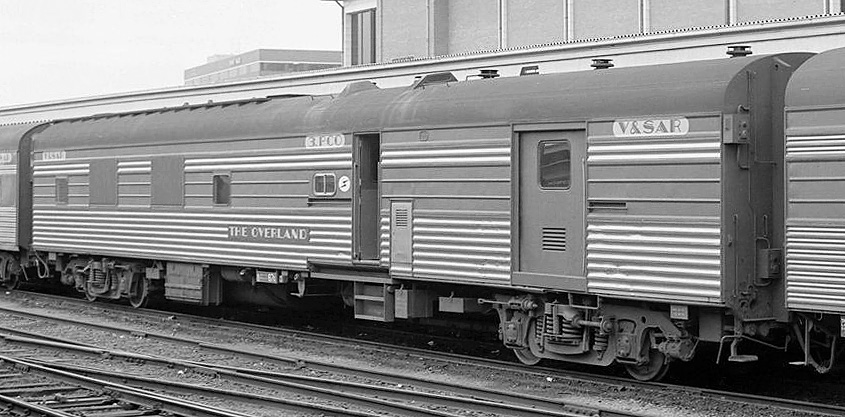
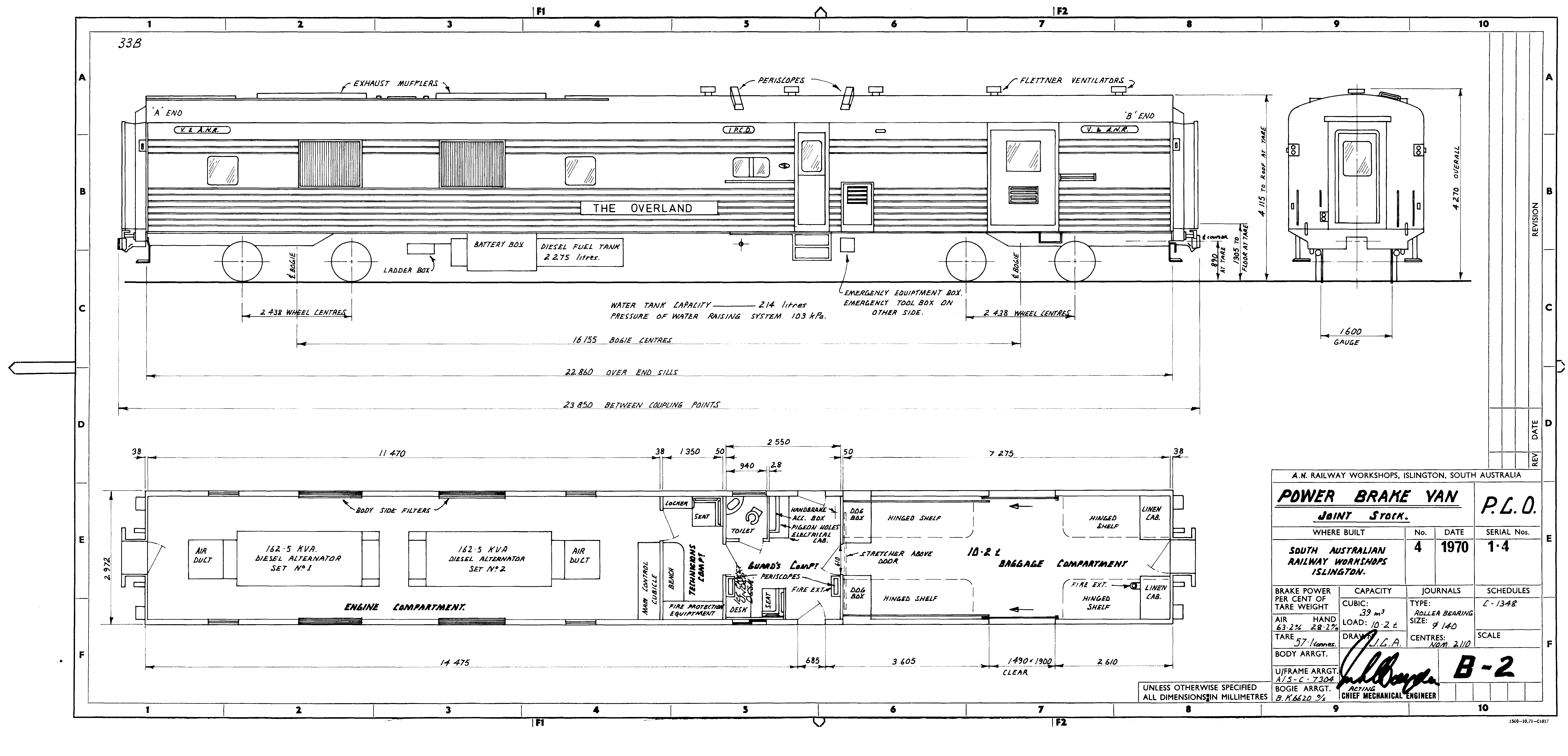
(CO) Guards/Baggage vans

ABOVE: CO 1 as built at Islington workshops 1969. (photo courtesy The Overland Museum collection)
BELOW: CO 2 at Spencer St, April 1979. (photo courtesy Peter J. Vincent)
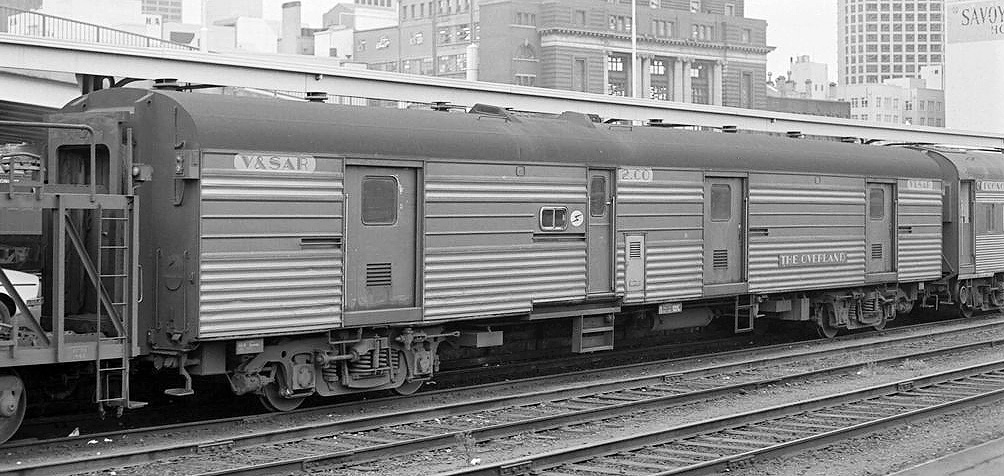
BELOW: Of course a complete all steel Overland didn't instantly appear, the cars were added to The Overland as they were built and operated alongside older wooden sleepers. Here we see a solitary steel sleeper on the eastbound Overland at Eden Hill SA. Sep 8 1951. (photo courtesy State Library, South Australia)
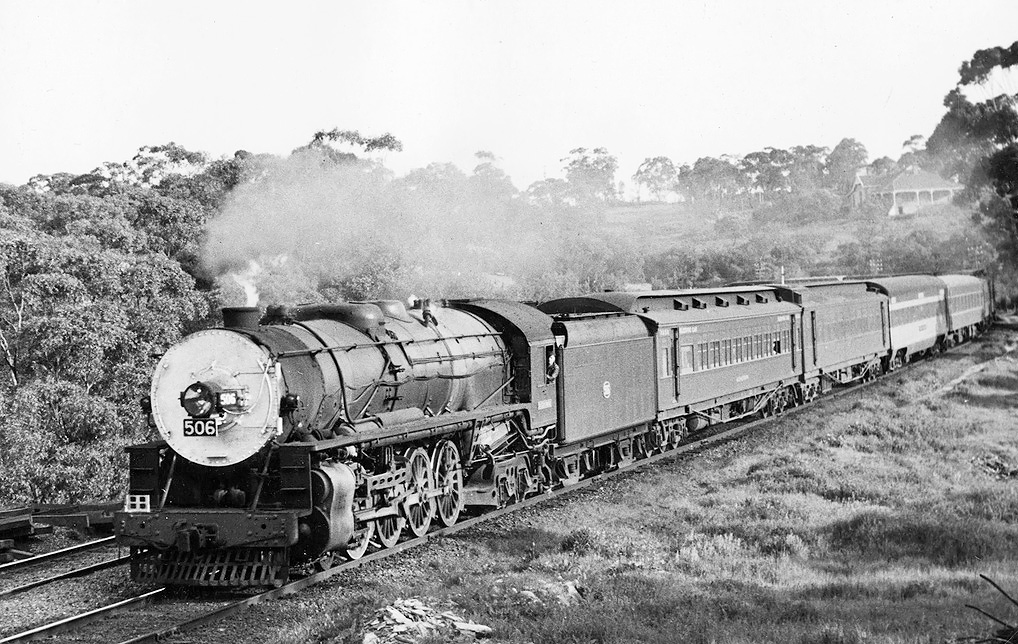
BELOW: A rare move with the Overland cars was this migrant special from Port Melbourne to Adelaide see here coming off the viaduct after reversing at Flinders St, it is seen arriving at Spencer St. Photo courtesy PROV
